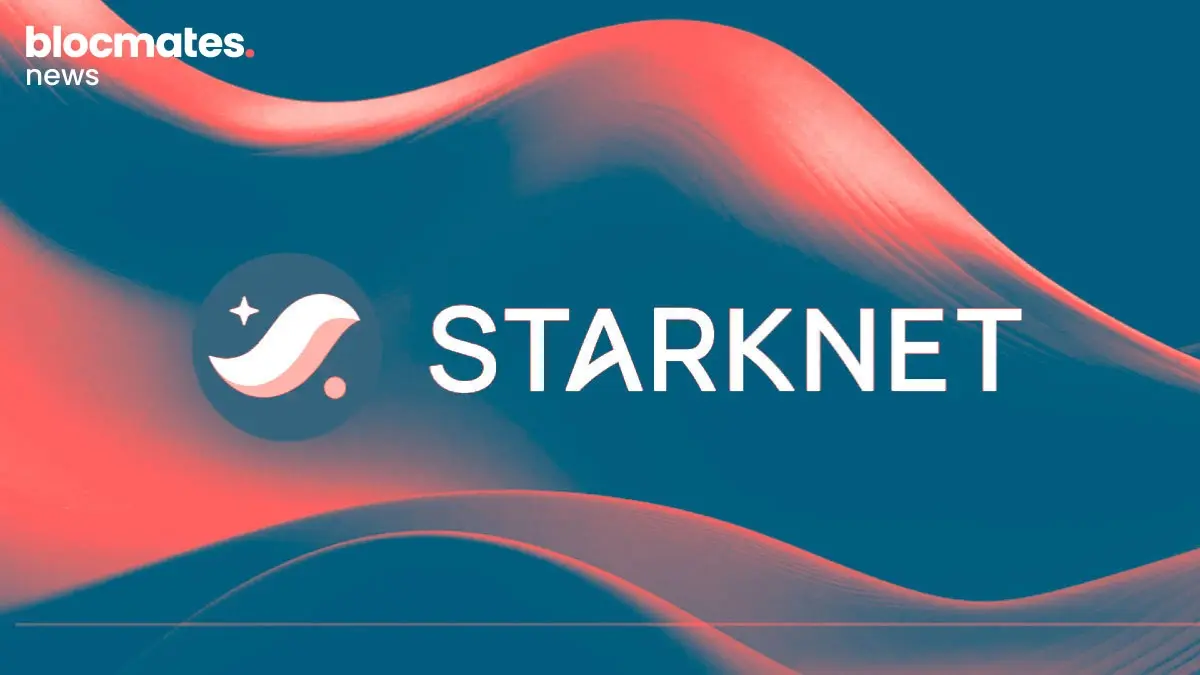Rejoice all Ethereum bag holders; the day is here. The Dencun hard fork has gone live on Goerli testnet and is now hurtling toward mainnet. Devs will be deploy a new transaction type, shuffling the rollup-centric roadmap forward and decreasing the costs borne by layer twos. Welcome to the blob era.
Although not as memeable as ‘ultrasoundmoney’ (EIP-1559), EIP-4844 promises to deliver some pretty serious upgrades to Ethereum’s functionality, and rollup scalability is where all the action takes place. But let’s start at the beginning first. Or maybe somewhere close and see how we go.
What is the Dencun Upgrade, and who cares?
Dencun is an Ethereum hard fork that will go live on March 13. It’s double-pronged, with ‘Deneb’ upgrading the Consensus layer and ‘Cancun’ focusing on the execution layer. Put the two together, and voila, you have Dencun. Ethereum’s next big upgrade.
It will first go live on all three testnets. Sepolia, and Holesky, following Goerli, and if it runs smoothly on all three, it will be time for mainnet activation. Dencun technically involves nine EIPs; anybody who wants to read about them can do so on the Ethereum blog. But we are only talking about EIP-4844 today.
EIPs or Ethereum Improvement Proposals are the technical specs for introducing a new change to the network. Described as a ‘source of truth’ by Ethereum, they are kinda a big deal and are pivotal in any changes to the network in a grand sense. In strictly formal terms, EIP-4844 or proto-danksharding is an Ethereum Improvement Proposal that will introduce a new type of transaction known as a “blob” to the network. It is a novel way to store large amounts of data on Ethereum and introduces pruning (data is not stored permanently) that lowers costs because things are temporary. It is a short-term spot for data to hang out, reducing congestion on the mainnet.

Ethereum entering the scalability era
In a recent Reddit AMA, Vitalik recommended a 33.3% increase in the gas limit. When the gas limit goes up, more computational power can be leveraged in each block. However, the increase in performance means you need higher-spec node operators. A basic tradeoff between decentralization and scalability.
Centralization of node operators is real, and it has been playing out in recent years. Higher tech requirements threaten the role of the home validator, which is the privileged party under the Ethereum ethos. However, they are increasingly threatened by a desire to scale.
It is beautiful to see and a true sign that crypto is growing. Back in the old days, the blockchain trilemma ruled the roost and permitted no rebellion. Builders had to choose two of the three: Security, Scalability, and Decentralization. Choose two at the detriment of the third. That was the roll of the dice and simply how it was. Ethereum championed decentralization and security, newer smart contract platforms like Solana focused on scalability and security, and projects like Cosmos aimed for scalability and decentralization.
But times are a-changin', and everybody converges on the missing element. In Ethereum’s case it is gunning for greater scalability. What is the point of building a world computer if it is prohibitively expensive to use it? It’s a cold, hard truth that paying gas fees on Ethereum mainnet makes any man want to gouge his eyeballs out.
There have always been plans to scale the base layer. However, the grand dream of sharding has taken a back seat and is being replaced by a rollup-centric vision. Say hello to ‘Ethereum’s Rollup Centric Roadmap.’
General purpose rollups (think Arbitrum and Optimism) facilitated the first step, executing transactions off-chain and returning bulk transaction data, or rolled-up data, hence the name, back to the parent chain.
The base layer retains ultimate responsibility for finalizing and securing transactions because the data is rolled up and posted back to Ethereum. And this is a pretty sweet deal for end users. You get to play around at a lower cost and enjoy big lad Ethereum’s security benefits.


Source: https://l2beat.com/scaling/summary?#active
The PMF is solid, and at the time of writing (post-ETF euphoria retracement mode), there is more than $35 billion locked in rollups. And eighteen distinct rollups, each boasting a TVL in excess of $100 million. It’s not chump change. End users like this setup. Offloading execution off of mainnet results in gas fees orders of magnitude cheaper. However, during times of heightened market activity, you will still get walloped with a pretty hefty fee for executing anything on Arbitrum. It’s alright if your salary is denominated in dollars or you have been in the game a hot minute. But if you are making $30 transactions, even a $1 gas fee is brutal, which is why all the jeets live on Solana.
But what does all of this have to do with EIP-4844? Well, even with rollups handling execution off-chain, they still have to pay gas fees to Papa Ethereum. Say hello to Calldata. Rollups post proofs to mainnet, and this summary mandates that the data be made available to allow for verification. DA is all about verification and validity, more precisely, having access to the data that allows anybody to confirm validity. It builds on the basic and deeply entrenched notion of ‘don’t trust, verify.’
Posted Calldata allows anybody to reconstruct the state and challenge the validity of transactions if necessary. This is the primary scaling headache and operating cost accrued by layer twos.

Getting into the Data Availability weeds
Listen. And listen good, ya filthy animals. Understand this next section, and you will understand everything going on in the space right now. Everybody talks about modularity and the modular cycle. The simple explanation for all the big-brain stuff going on at Celestia, EigenLayer, and other DA providers is better resource pricing. It’s all resource pricing. That’s all it is. Resource pricing. Creating separate fee markets allows markets to price each component independently, and individual markets mean more flexible and accurate pricing. Whew. Keep this idea strapped into your brain like the Thought Police keep dissidents' eyes strapped open for reeducation programs. Creating separate fee markets allows for optimization. This is the whole thesis. Right back to the DA component.
DA sounds techy. It just means providing accessible data for anybody who needs it. But this has one hell of a cost. It’s why we as a space are migrating towards modularity. And the big drawdown of Ethereum’s monolithic design is the total absence of resource pricing. Calldata is by far the leading bottleneck for Ethereum’s scalability.
DA provides accessible data for all network participants that they can use to verify the validity of transactions. Storing this data allows anybody the ability to verify (permissionless ability to reconstruct state). The bulk of costs borne by rollups comes from posting Calldata, with some estimates putting the figure at 90%. Remember, all traffic travels on one road, and the gas fee market means whoever pays the most gets through the toll first. This single-fee market means anything taking place on Ethereum has knock-on effects across the entire market.
People slinging shitcoins (RIP, anybody still shitcoining on Ethereum) have their gas prices affected by people foaming at the mouth to mint a new NFT drop and vice versa. Naturally, this affects rollups during periods of heightened market activity, and Calldata becomes increasingly expensive.
The scalability upgrade delivered by rollups originates from separating the sequencer’s work and the job of securing the data. Now imagine a separate channel for DA on Ethereum solely for rollups. It’s time to get blobbed.
Blob deconstructed
EIP-4844 introduces the blob transaction and creates a separate fee market for layer twos. Ethereum will have a two-dimensional fee market with execution and blobs priced separately. Remember, it’s all resource pricing.
Blobs, technically a blob-carrying transaction, are extra pieces of data stuck onto a regular transaction. Blobs are big boys (125kB) and are only viewable as a commitment, with the current target being three blobs per block. These blobs will be much cheaper than similar volumes of Calldata, and this is the central innovation: the creation of a dual fee market.
In pure nerd terms, a blob is a data field stored efficiently with KZG cryptographic commitments. It enhances data storage by avoiding processing by the Ethereum Virtual Machine. Please refer to Ethereum’s Danksharding docs for more nerd speech. These blobs are not competing with transactions on the Ethereum network. This is why the promise of scalability gains is enormous. Are we heading into an era with practically zero gas fees on layers twos? Ever used Drip? Low costs unlock new business models (the mass distribution of NFTs).
Are we looking straight down the barrel at potentially free transactions? Will the blobs make transactions on rollups so cheap that they could be subsidized teams/rollup operators?
Blobs are pruned after two weeks, which provides sufficient time for any validity challenges, and this is another exciting avenue opening up before our eyes. Instead of being a permanent record of history, Ethereum acts more as a secure message board for recent events, allowing others to carry the responsibility of long-term storage. Rollups do not need to store their data forever, only long enough for anybody to challenge the sequencer, and this is the genius of the blob transaction. Making the data read-only for an easy analogy and temporarily avoids murdering disk use and sidesteps the growing issue of state growth. This is why DA is so expensive; things are being recorded everywhere forever.
Congratulations lads. If you have made it this far, you now have sufficient context to understand where we are going, why blobs and EIP-4844 are a big deal, and what Ethereum’s future looks like.

Modular era, fee markets, and the rise of alternative DA solutions
If we’re all reading from the same hymn book, we already know that posting DA on the Ethereum mainnet is expensive. It is the central cost of operating a rollup. When something is cumbersome and generally causes a problem, there is a beautiful thing called the free market, which tends to offer solutions. And this is one of the intriguing things about alternative DA solutions and the speculation surrounding market leaders. People are betting on a B2B solution.
The growth of alternative DA layers (i.e., ones that aren’t native to Ethereum) speaks to how expensive it is to post this data on Ethereum and the gains and profits to be made from modularising this component. Modularity is a 10-dollar word to say, divide and specialize. It’s not always the case, but monolithic design comes first nine times out of 10.
Crypto has finally reached a point where modular design makes sense and will allow the space to scale to meet the next billion users' demands, whims, and desires. Monolithic design is simpler, and that’s why it comes first. It’s lighter from a technical standpoint, but eventually, we arrive at a point where the competition shifts from performance (all basic user needs have been met) to flexibility and cost. You can post a transaction to Ethereum, and within a couple of moments, your action is included in the blockchain.
Your basic need of having a transaction included has been met. However, it’s still expensive and slow. This is the point where the modularity gremlins appear and chant ‘modular, modular, modular,’ and the little buggers are right. It is time to embrace modularity. You do want some mission-critical monolithic systems (clients).
Still, looking at blockchain’s basic components of execution, settlement, consensus, and data availability, it makes sense to have flexible blocks where each can be optimized. You get an influx of teams and talents all moving forward on parallel lines, advancing the overall mission while specializing in different niches.
Shine your shoes and tip your hat. Welcome to the era of modular blockchains.
Each module gets commoditized, and the cost decreases while the rate of innovation increases. An influx of free market agents searches for optimization and gains in each avenue. This segmentation of principle components will power the next generation of scaling and allow blockchains to meet the demand necessary to pump all of our bags to Valhalla. The rise of the specialist - one can almost see Max Weber gritting his teeth and rolling in his grave.
Going back to the road and toll analogy. Monolithic is one brutal long highway where anything and everything travels down. Obviously, as the variance and volume of the traffic increases, we get congestion. The free market makes this a bidding war.
Modular design is an enormous highway system introducing new lanes for long-distance and other types of travel. It is objectively a better way to build. Let’s quickly look at a few big hitters in the DA space. Hello Celestia and EigenLayer.

Modular money and shared security
Celestia is a modular data availability network specializing in DA and consensus. It leverages a ‘lazy’ approach, which allows arbitrary data to be dumped into the chain, and devoid of any execution properties, Celestia orders it and makes it available.
The reason people have a hard-on for Celestia is that it makes building custom execution environments economically feasible. It’s a free pass for devs to build whatever execution zone they want. The big breakthrough from Celestia is Data Availability Sampling, which, instead of every node downloading a full copy of the data, Celestia light nodes download a sample of the data. This shortcut allows Celestia to rapidly scale the number of light nodes and its data throughput capacities.
$TIA is the only liquid vehicle for exposure to the modularity narrative until EigenLayer drops its token, and the absolute boatload of airdrops and long unbonding process (21 days) has people touting the old 3,3 meme. Word to the wise. Have a look at the $TIA unlock schedule.

EigenLayer introduces the idea of pooled security on Ethereum. To keep it simple, users who are already staking their $ETH can rehypothecate it (stake it again), and other networks or applications can use this economic security. This is the restaking meta.
Take staked $ETH, use it to secure something else, and earn additional yield. If anybody wants to take a bet, I have a couple of bucks riding that this will be one of the moving parts responsible, at least partly, for the next unwinding. Sreeram Kannan can say all he wants about the lack of inherent leverage in EigenLayer, but you cannot stop degens from looping up, and LRTs are a perfect daisy chain component.
It is EigenDA we are interested in. This service provides a more cost-effective DA than Ethereum, and it is probably easier to swap Arbitrum than Mantle if you want to understand the difference. Mantle currently uses MantleDA, an early fork of EigenDA, and the performance difference is notable. EigenDA processes 15 megabytes per second, and this is something relatively central.
The difference between Celestia’s and EigenDA’s services versus the DA boost introduced by EIP-4844 are leaps and bounds different. We are racing Hot Wheels with Ferraris when it comes to engine size. Avail is another competitor in the DA space specializing in data availability and consensus, like Celestia, to provide a primitive for creating modular and scalable blockchains. It introduces redundancy into a block, which, in layman’s terms, breaks the data into more chunks, and any chunk is sufficient to reconstruct all original data. (Notice how similar it sounds to DAS? That’s because it is.)

Sharding to Rollups: Ethereum’s pivot
Ethereum’s grand plan to scale initially revolved around Sharding. The plan was to have each shard acting as a mini blockchain running in parallel. Dividing the network into smaller shards would allow each to process its own transactions and reduce the load on individual nodes.
It would enable parallel processing and supercharge scalability. The central drawback? It is complicated. Very complicated. Vitalik has a great set of eyes and realized this relatively early on. In 2020, the pivot towards rollups began and has been ongoing since, queue classic Buterin quote: “It seems very plausible to me that when phase two finally comes, essentially, no one will care about it. Everyone will have already adapted to a rollup-centric world whether we like it or not.
"By that point, it will be easier to continue down that path than to try to bring everyone back to the base chain for no clear benefit and a 20-100x reduction in scalability.”1
And he was right. And have you already guessed it? Yes, Ethereum decided to focus on scaling data, which rollups could transform into scalable execution. Everybody is playing the same game.
The pivot to rollups has detractors and supporters, and to throw my own two cents into the mix, I think the pivot toward rollups was excellent. Suddenly, hundreds of giga brains are spinning up new execution zones, all aiming at different things. This is the beauty of modularity.Now we return to EIP-4844, the first step on Ethereum’s long and tortuous path to 100,000 transactions per second. Imagine Proto-Danksharding as a base camp before the real climb begins.
Next step: Danksharding. Danksharding introduces Data Availability Sampling. Sounds familiar by now? Nodes will only need to verify a small sample to be able to confirm all data is available. They no longer download all the data but instead confirm that it exists and can be retrieved if needed. This allows blocks to contain more blobs, and these blobs can be way larger than under the current framework. All great and positive stuff. The only person who is sad in this scenario is the Ethereum home validatory (sorry, bucko). Building blocks will become more technical, and now, as well as all the usual stuff, they have to stuff massive blobs into each block.

Source: https://twitter.com/VitalikButerin/status/1588669782471368704
How will this affect the end user?
Enter the ‘Surge.’ Soon, the real rollup season will begin. EIP-4844 is ground zero for the rollup-centric vision, and it is disgustingly exciting to see this playout as Solana becomes the consensus play and bet. Introducing blob transactions is expected to reduce rollup costs by anywhere between 10X to 100X.
Whether rollup providers pass these savings along to end users is an entirely different question, and maximum giggles if Arbitrum keeps fees the same while taking the cream off the top. However, this is unlikely to happen. You can even put your money where your mouth is with the current Polymarket Pool.The net result will be cheaper transaction fees on rollups- this is what it all boils down to. The real question that needs to be asked is how sensitive market participants are to fees. I think it’s fair to say that people care about the difference between $1 and $0.01. There is a ton of elasticity here.
This partially explains why Solana has bouts of greater volume than Ethereum. Users like transacting at a lower-cost basis. It’s also why we were all jumping ship last cycle to degen on Fantom and play around on the BSC. Cheap transactions are good. But this is the Goldilocks zone. Anything from a single cent up to $1/ $1.50. People care here. Outside of this zone, it’s kind of meh. The difference between paying $0.001 and $0.0001 does not matter to retail users. When all is said and done EIP-4844 will reduce fees for end users on layer twos. As alluded to earlier, reducing costs does open up new business models.
It is about time to make an important distinction between types of rollup because it will inform the final argument. We have general-purpose rollups and application-specific rollups. What follows is a grand oversimplification. General-purpose rollups are layer ones with a canonical bridge to Ethereum. Application-specific rollups are chains fully optimized for one specific function. Aka the dYdX chain built using the Cosmos SDK and custom-built for the trading experience.
EIP-4844 will be excellent for general-purpose rollups, but the Cosmos App-Chain thesis plays out with DA solutions. If you want to purpose-build a chain for maximum efficiency and create a custom execution environment, you pick the best players. Both Celestia and EigenLayer’s DA solutions are better than blob transactions.

Source: https://twitter.com/HarpalJadeja11/status/1724380257032060930
Celestia (on mainnet) and EigenDA (on testnet) have already been implemented. Users can build Arbitrum Orbit chains using Celestia’s DA solutions. Celo integrated EigenDA on testnet in less than 48 hours. And Celestia’s DA has been integrated into the OP Stack, as will EigenDA. The future is modular. Believe it or cope. Look at new projects like Aevo. A derivatives layer two built using the OP Stack and Celestia’s DA solution.
But what’s the big ticket indicator that modularity will play out this cycle? VCs are fully erect, long, strong, and modular. They love to pump their bags before dumping them on the plebs. Like it or not, DA solutions are coming for Ethereum’s lunch, and in this game value runs downhill. Anything that can eat the stack gets a bid. This is modularity.
How will the chips fall? Will EIP-4844 make a difference?
EIP-4844 will deliver significant scalability upgrades to rollups and is the first step of the larger plan to truly scale Ethereum via rollups. We are entering an era where cheap transactions will be the norm everywhere except the base chain.
‘Ethereum-alignment’ will see rollups stick with Ethereum’s DA or lean towards EigenDA, which has purposefully gone after this niche. But with the ease of integration, leveraging alternative DA solutions makes sense. As stated before, the application-specific rollups will all use alternative DA solutions, and all the gains to be had with proto-danksharding are for general-purpose layer twos. Dan Elitzer's piece on app-chains is a great read to better understand the meta and why the app chain thesis is a thing.
Scaling, in any facet, is great. We need to scale before onboarding new users. For the results of EIP-4844, watch what happens between Solana and rollups. If fees on rollups are comparable (Solana will likely still be significantly cheaper), will capital migrate? It all comes down to fee elasticity and what users are prepared to pay for.
If rollups get hot again and we see a return to an Ethereum-centric DeFi landscape and mindshare, EIP-4844 can be counted as a resounding success. But realistically, DA solutions look ready to crack skulls, and people want the cheap transactions available on Solana. Ethereum will rely on the ‘global settlement layer’ meme this cycle. But the world is full of examples of lesser tech outplaying good tech, such as VHS versus Betamax.
Blockspace is abundant and cheap. Now, the real focus needs to be on building applications that people want to use. No point in having all this blockspace if there’s nothing to do with it.

Source: https://www.eip4844.com/
Wrapping Up: EIP-4844
EIP-4844 introduces blobs. Blobs reduce DA costs for rollups and introduce a dual fee market for Ethereum. Instead of competing with everyone, rollups have their own data availability highway. It will lower costs by orders of magnitude. This decoupling is a huge step forward for resource pricing on Ethereum. And if we see an overflow of demand for DA, alternative DA layers are more likely to win. The construction of rollups (pertaining specifically to Optimist rollups) requires DA because of the challenge period, and reconstructing the state is essential. At a high level, the important thing for end users is that blobs reduce gas fees.
The Ethereum rollup scaling race truly begins, and the best-case scenario is that we end up with rollups benefitting from Ethereum’s security guarantees while offering Solana-esque fees. What new business models will emerge? Blobs are introducing the next act of the rollup scaling race.






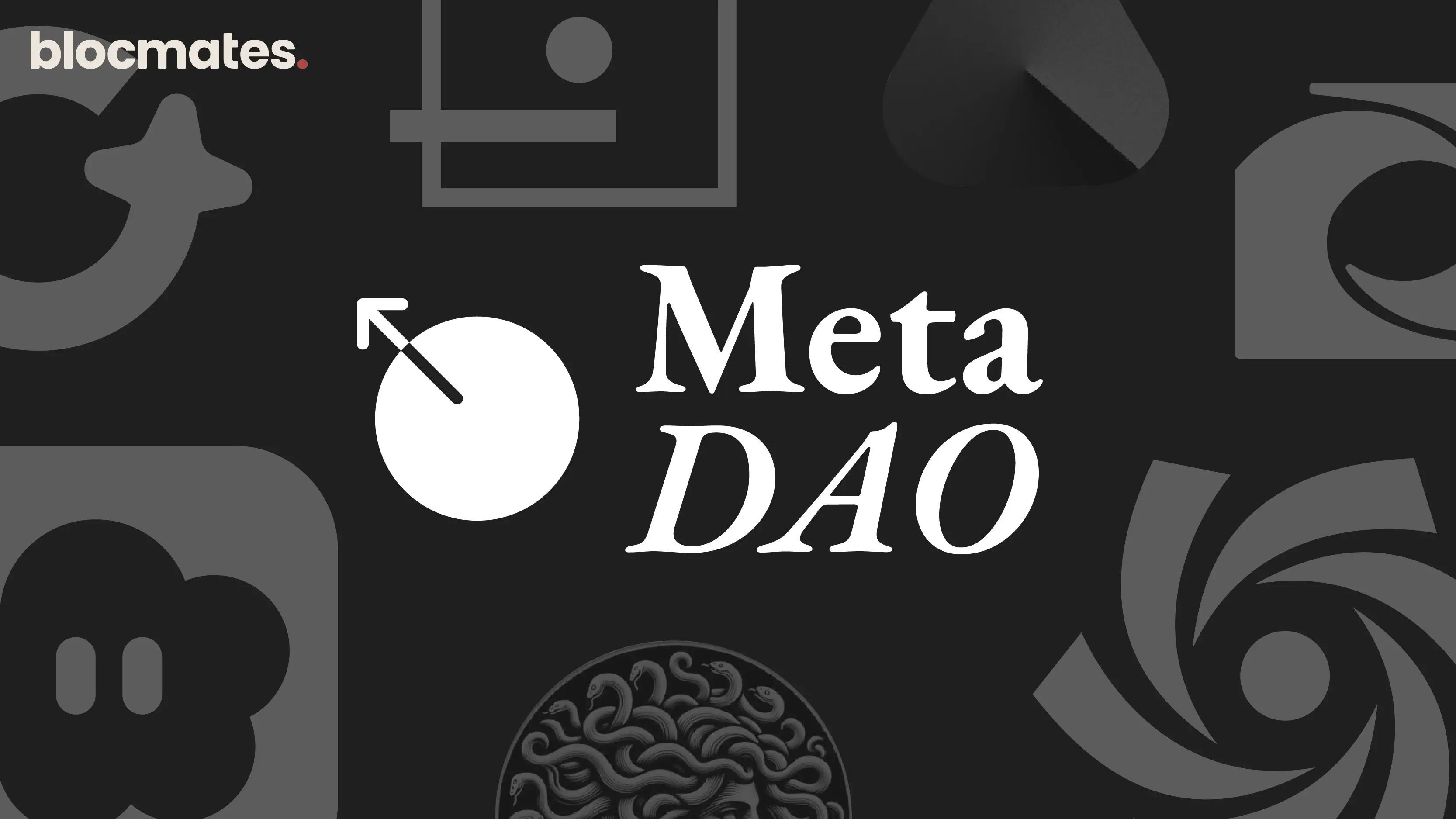
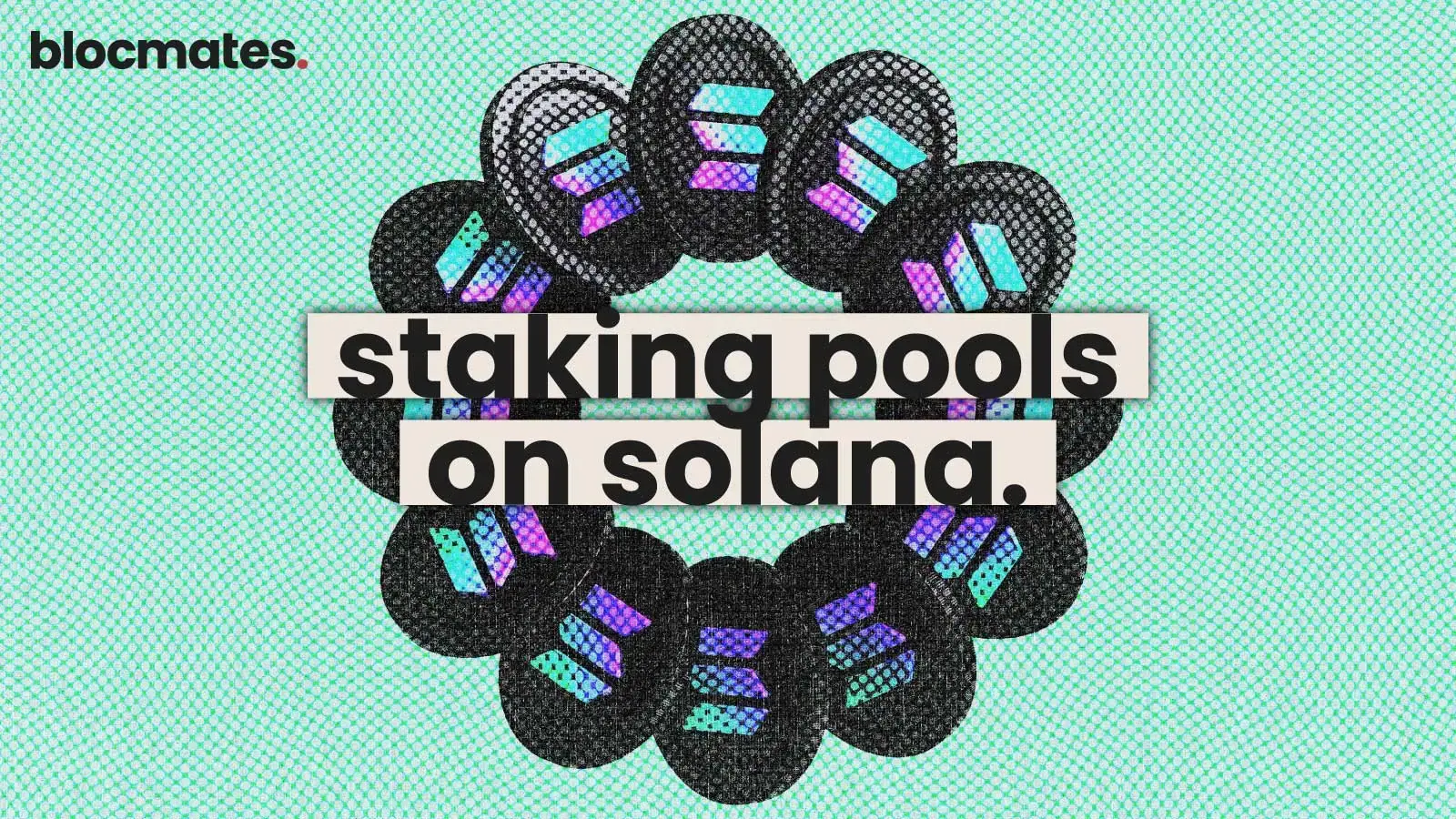



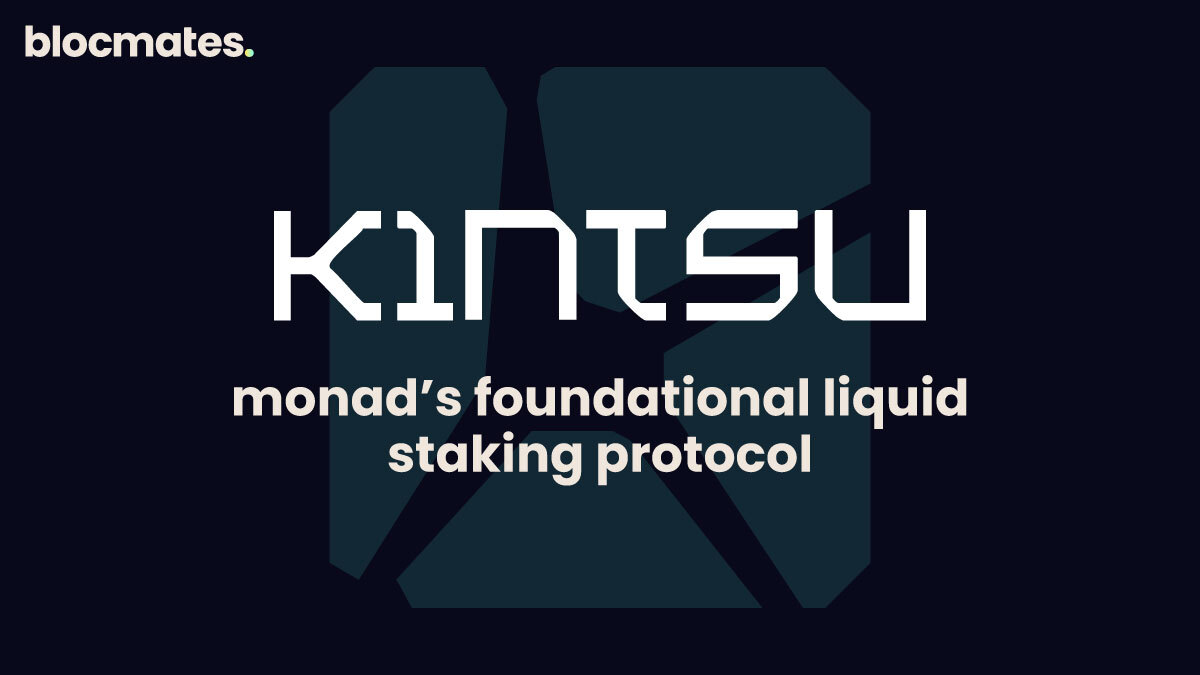

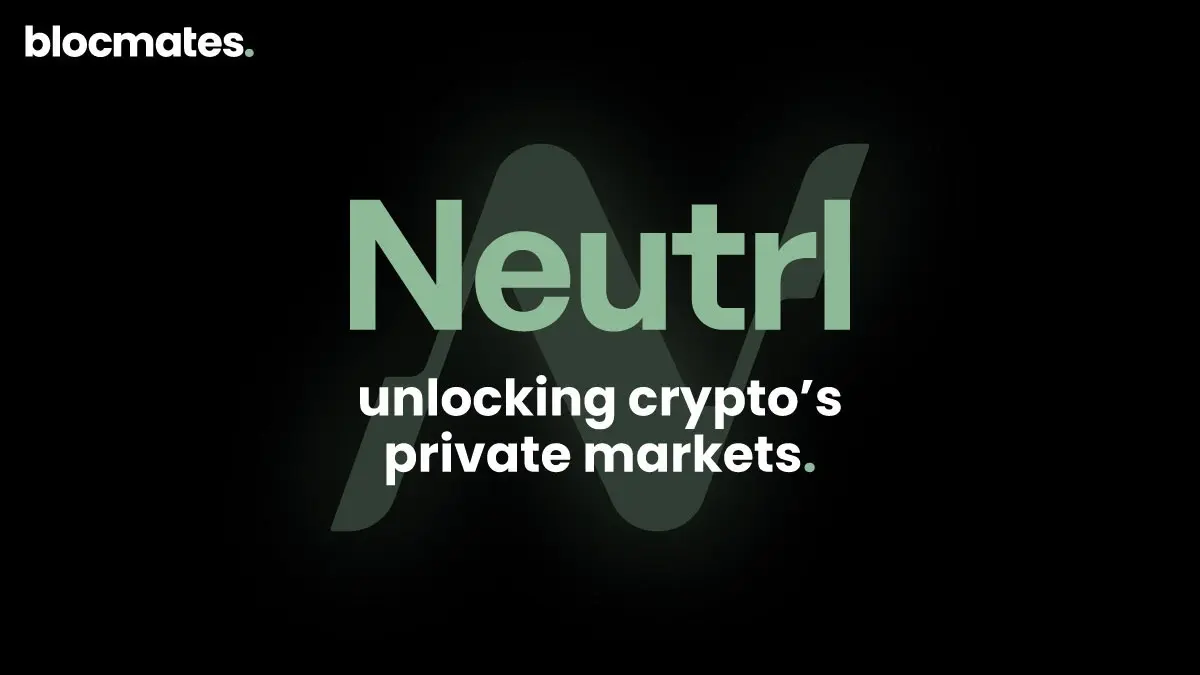


.webp)

.webp)
.webp)
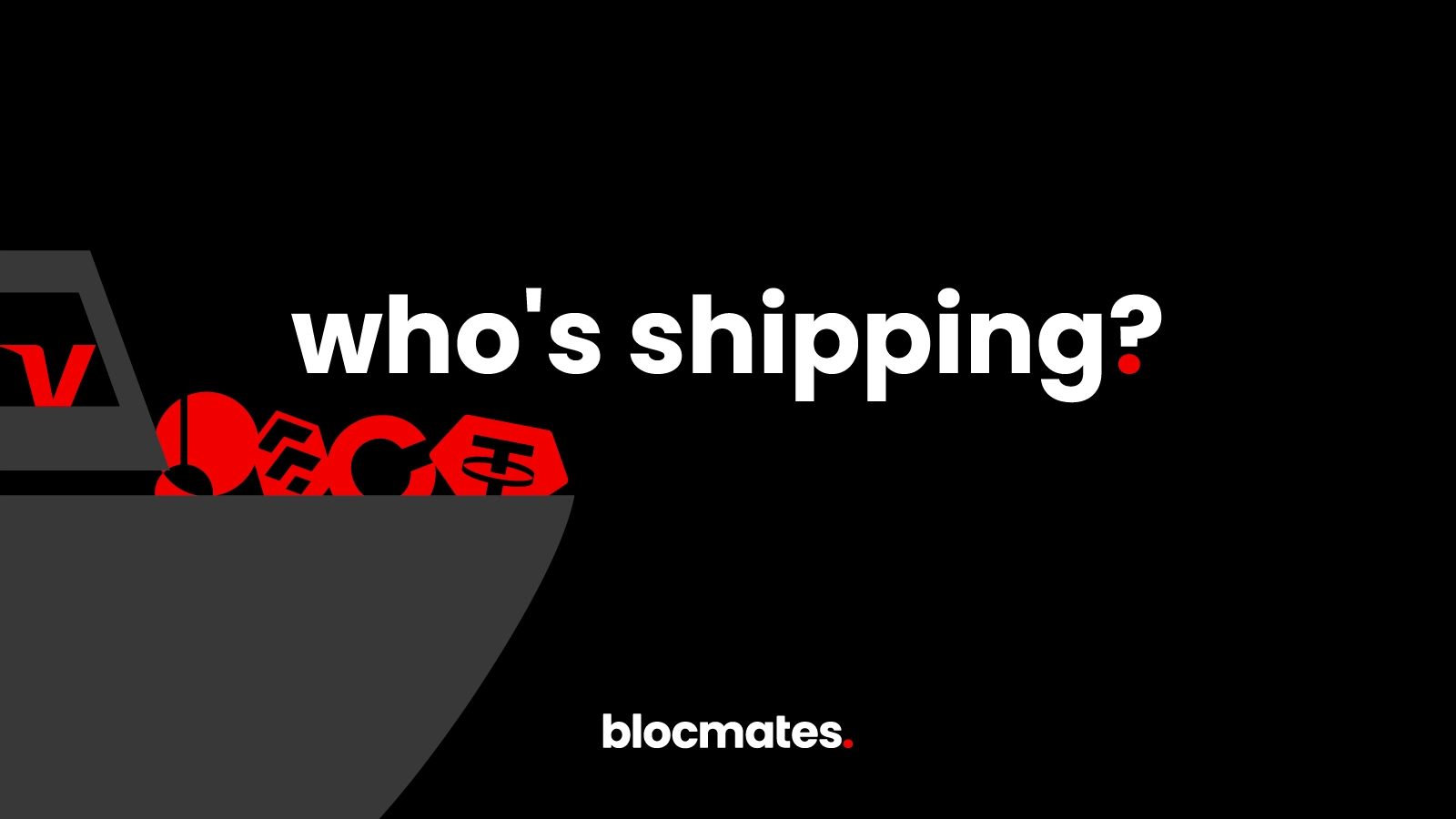
%20(1).webp)
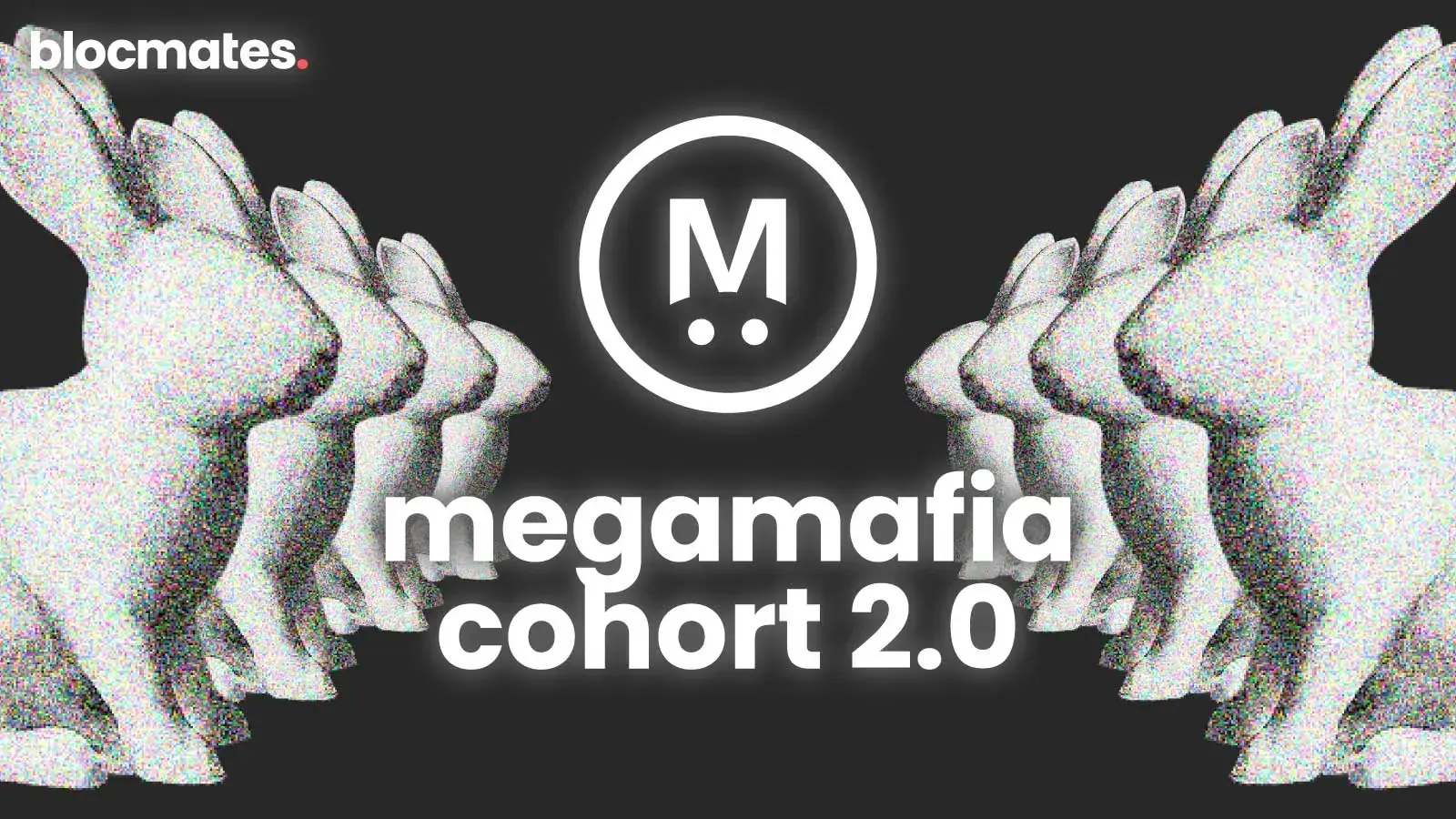
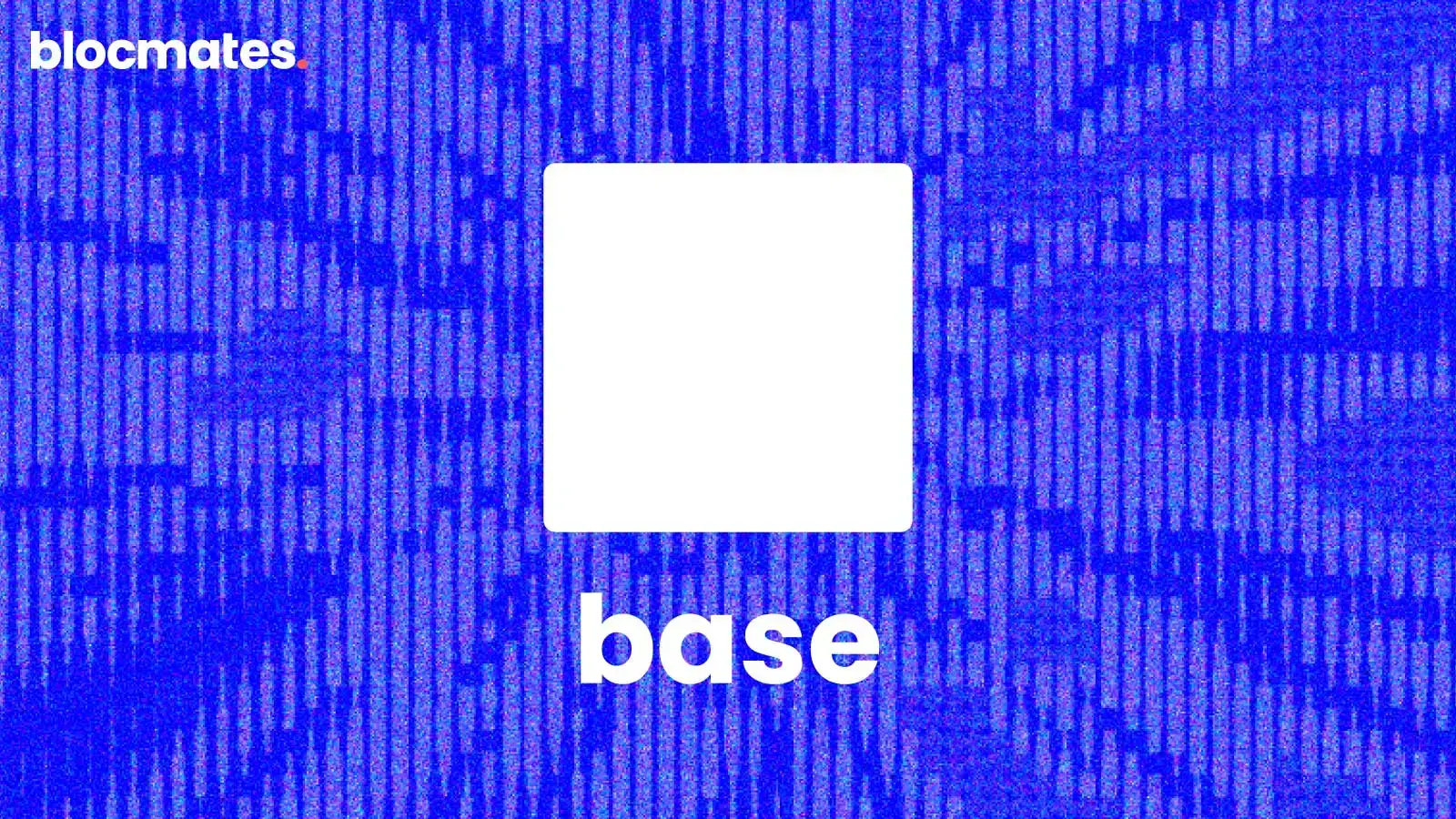
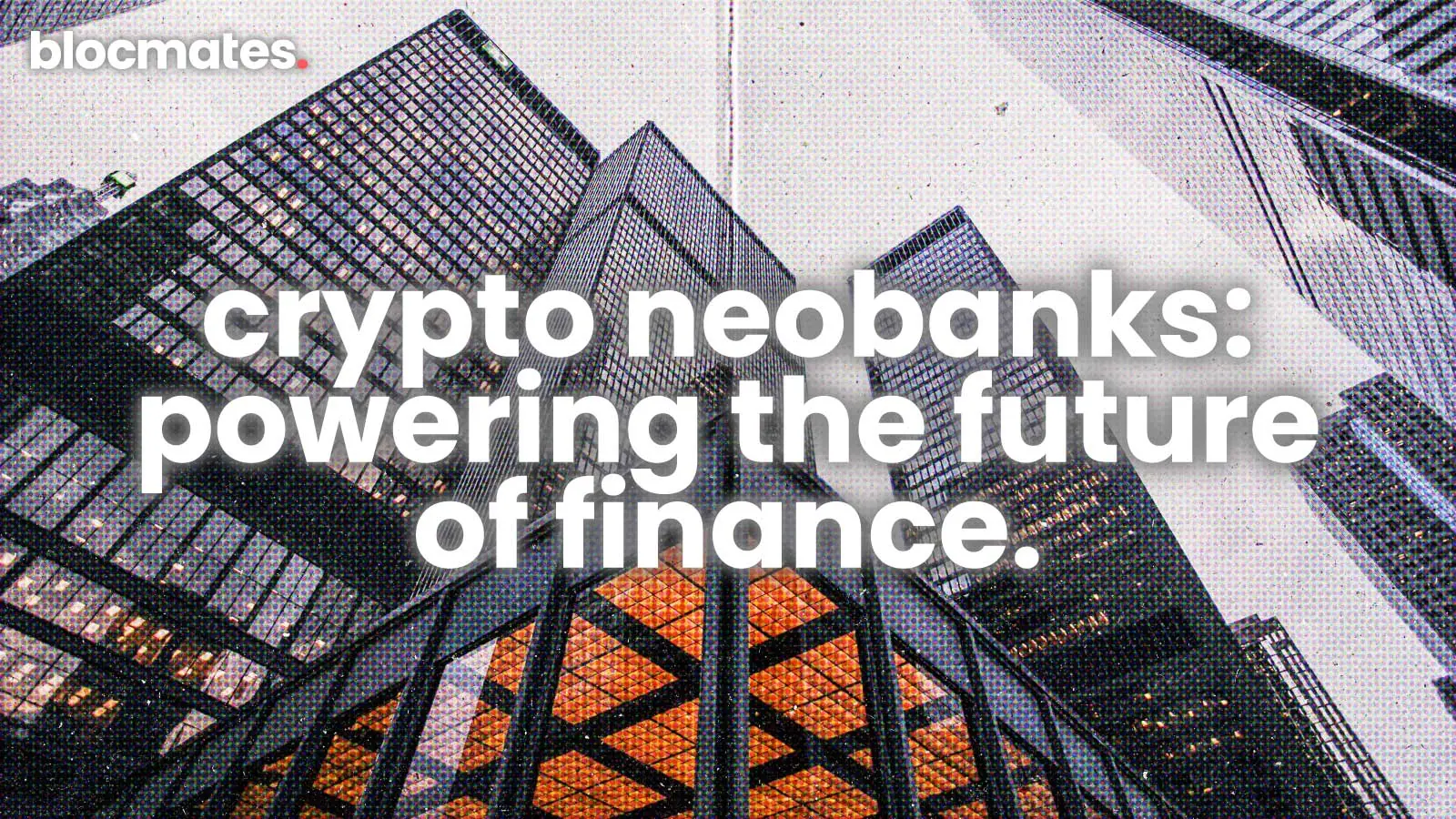


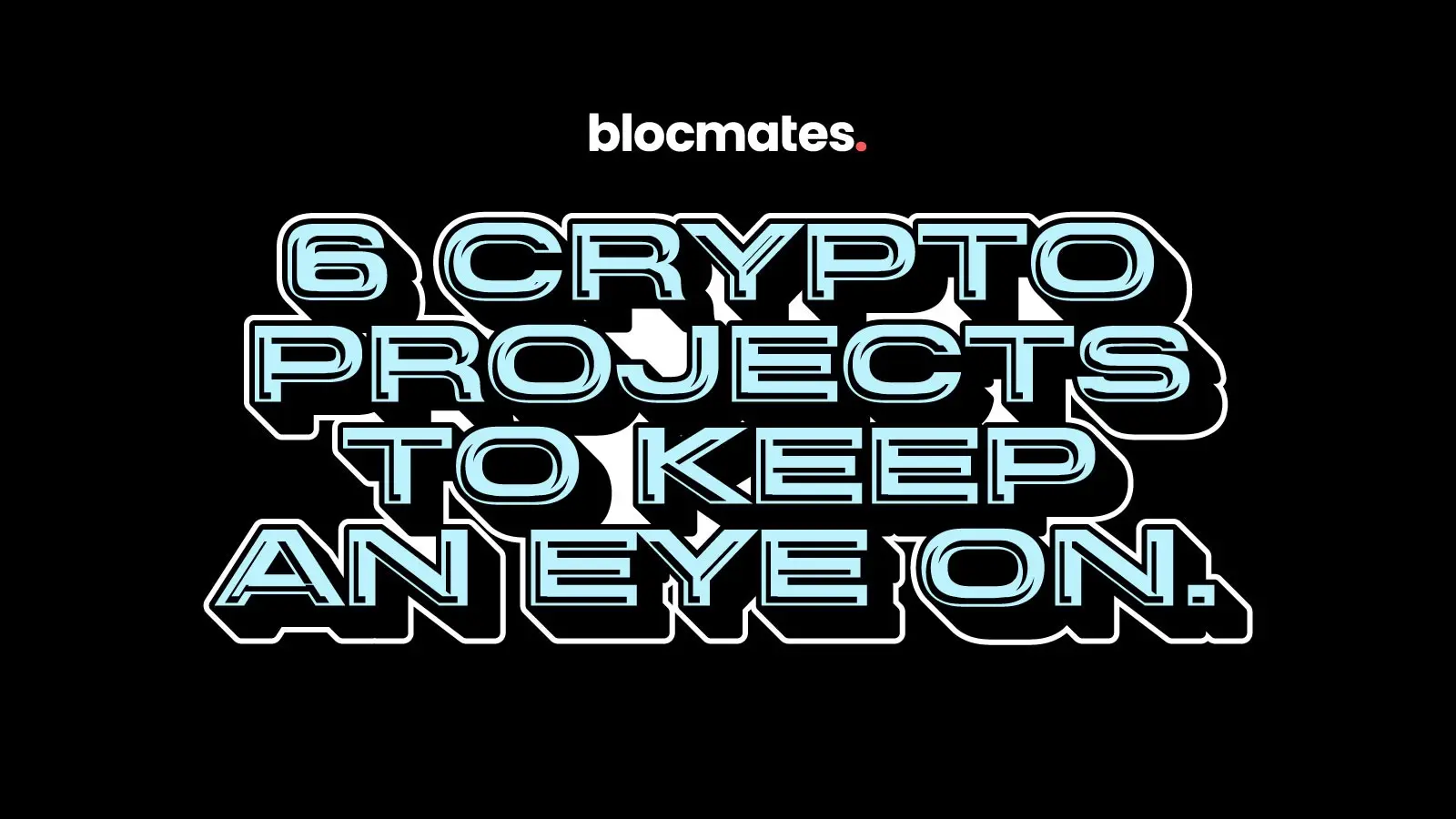
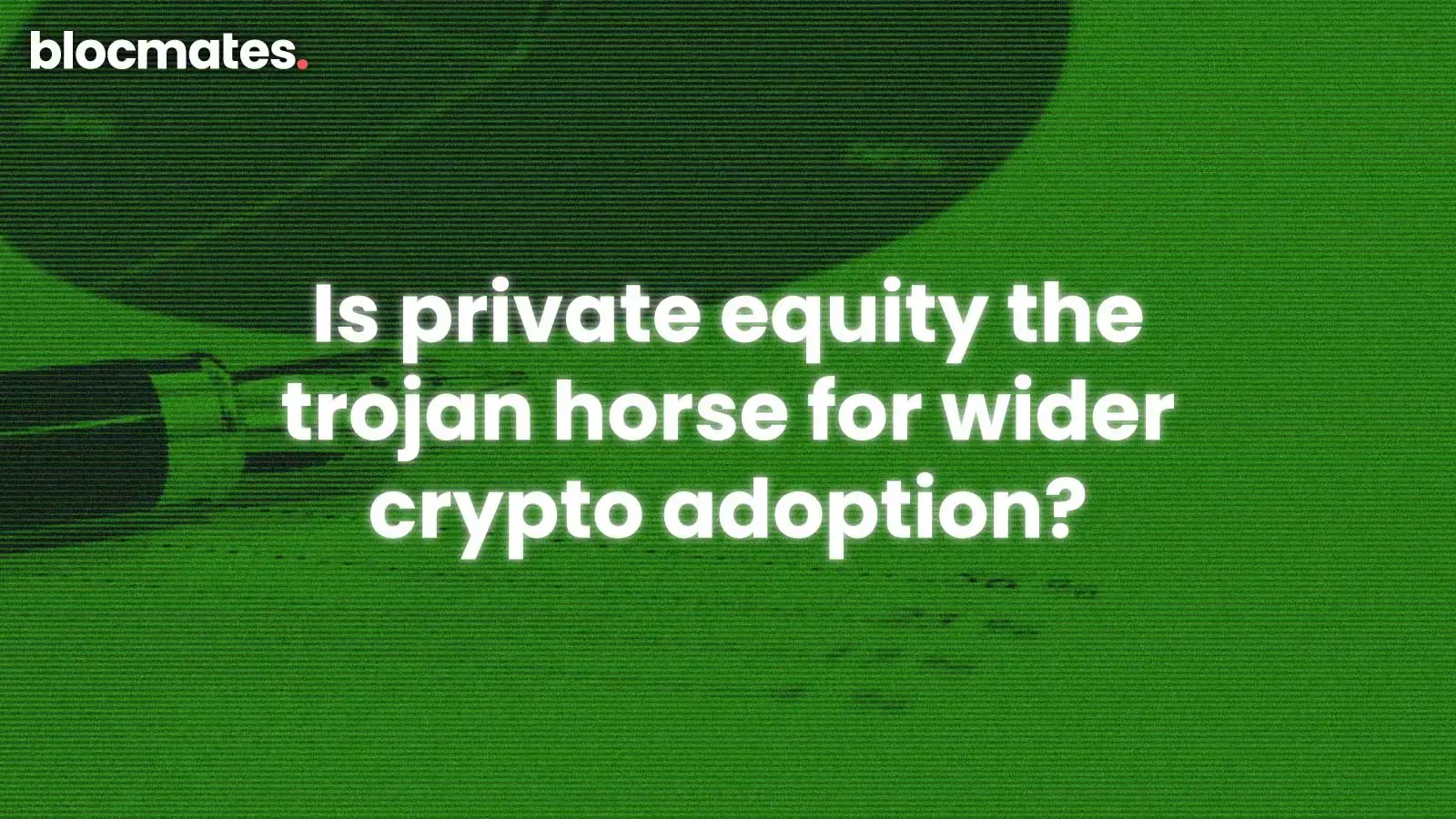
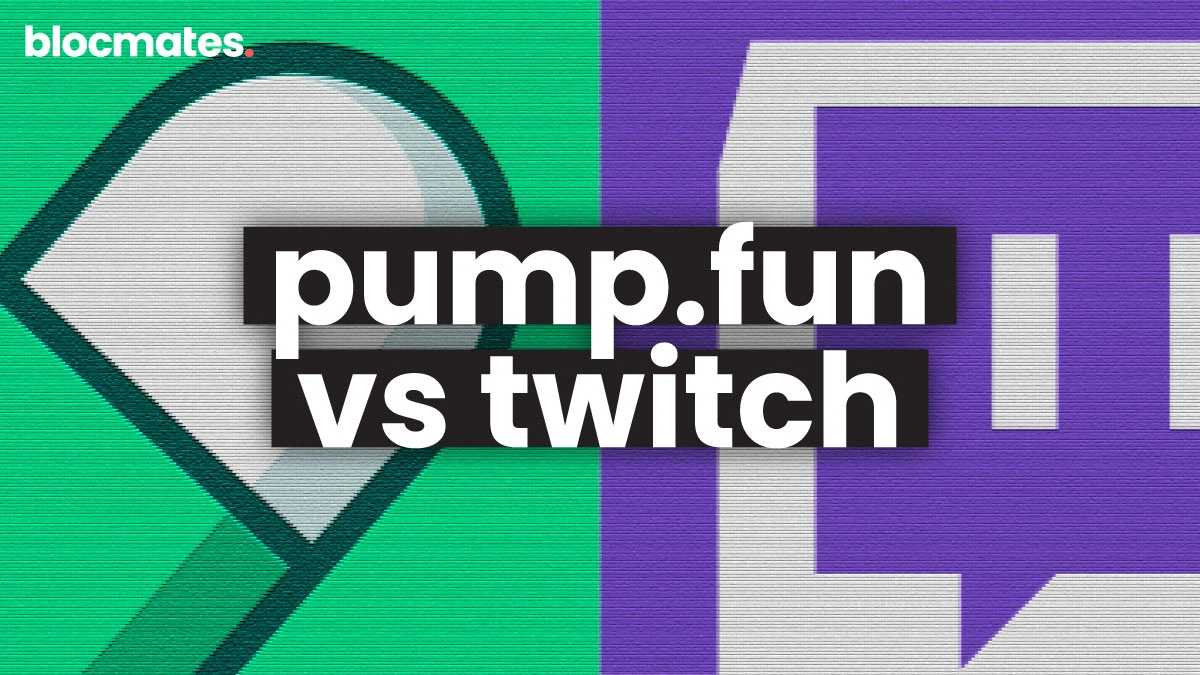

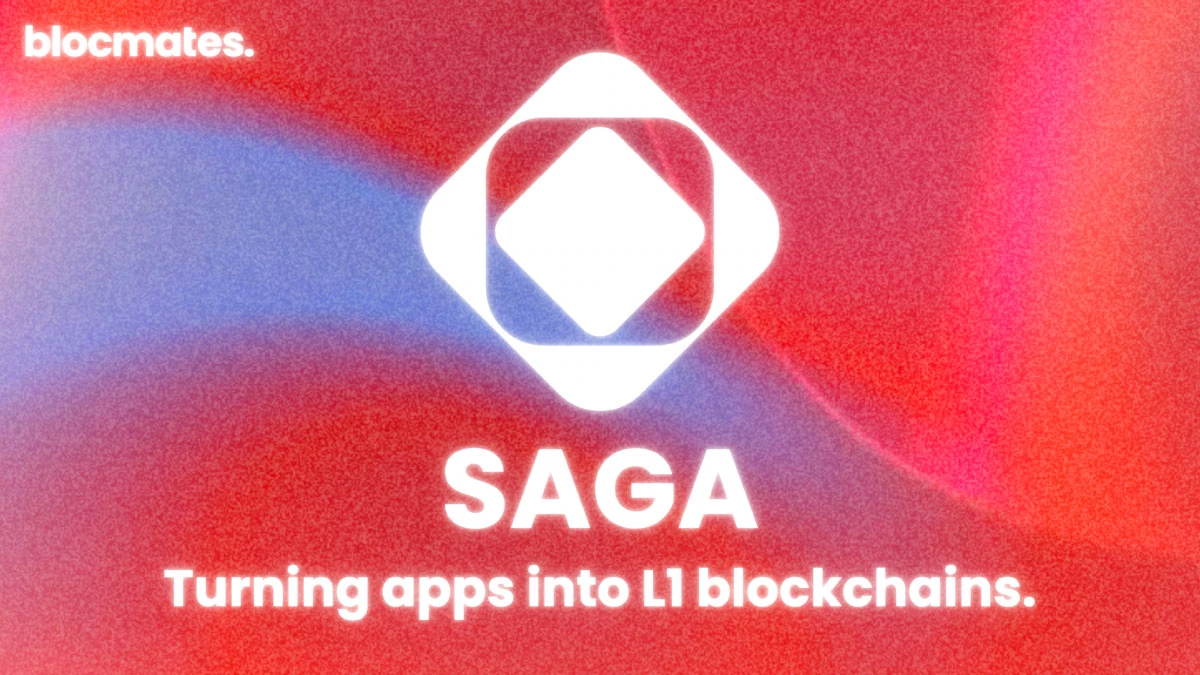

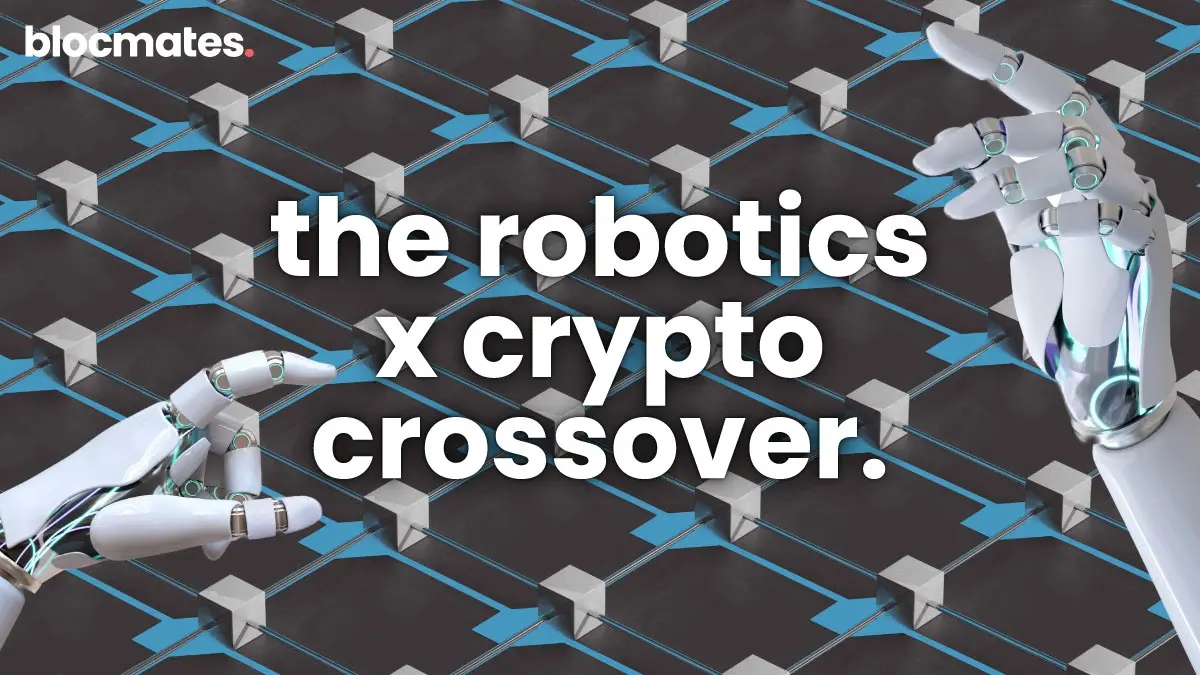
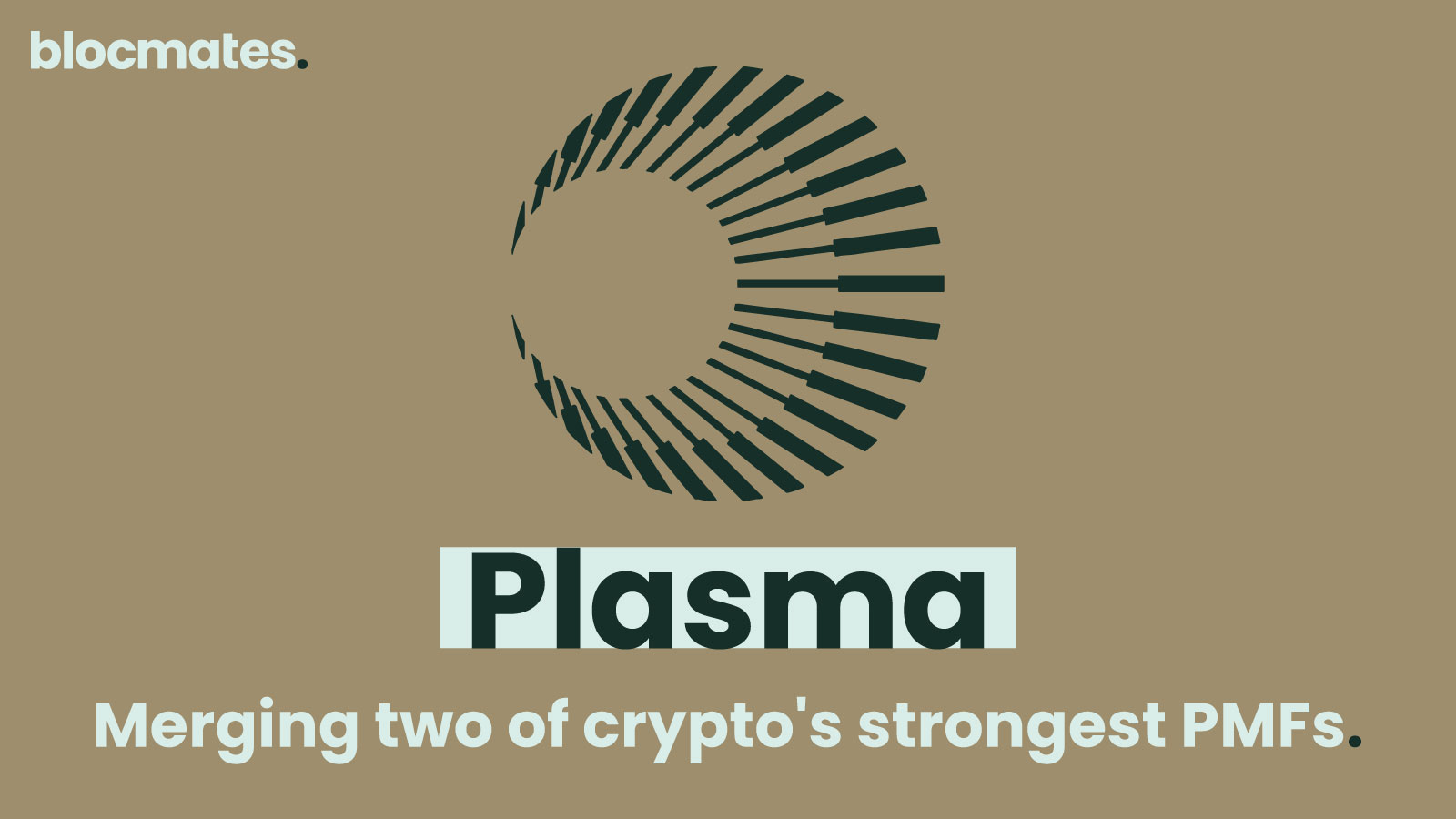

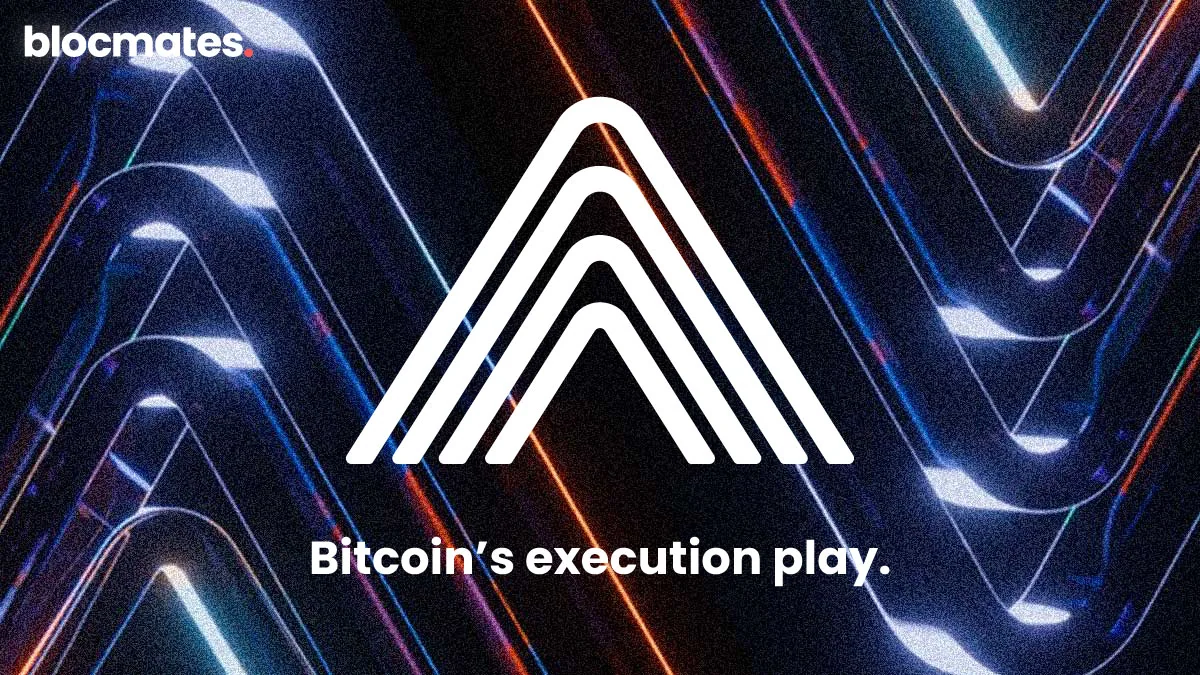
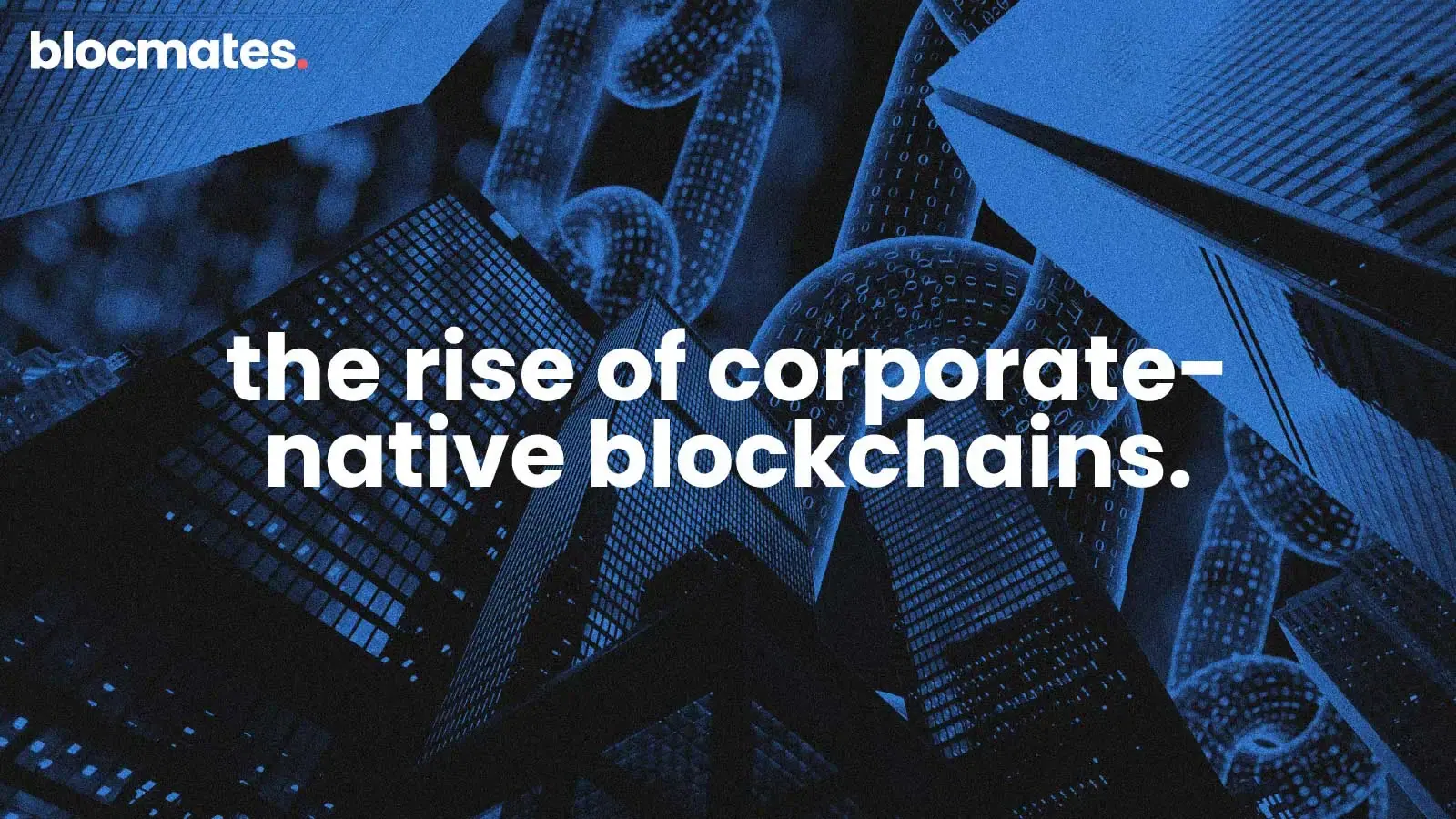
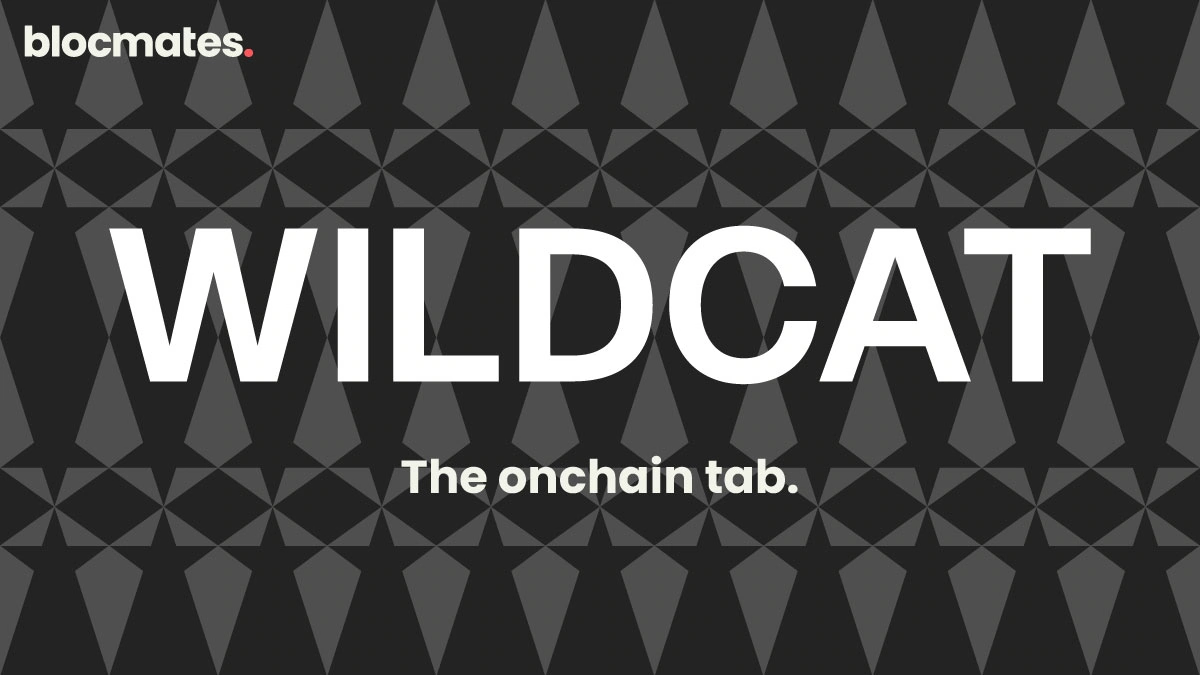
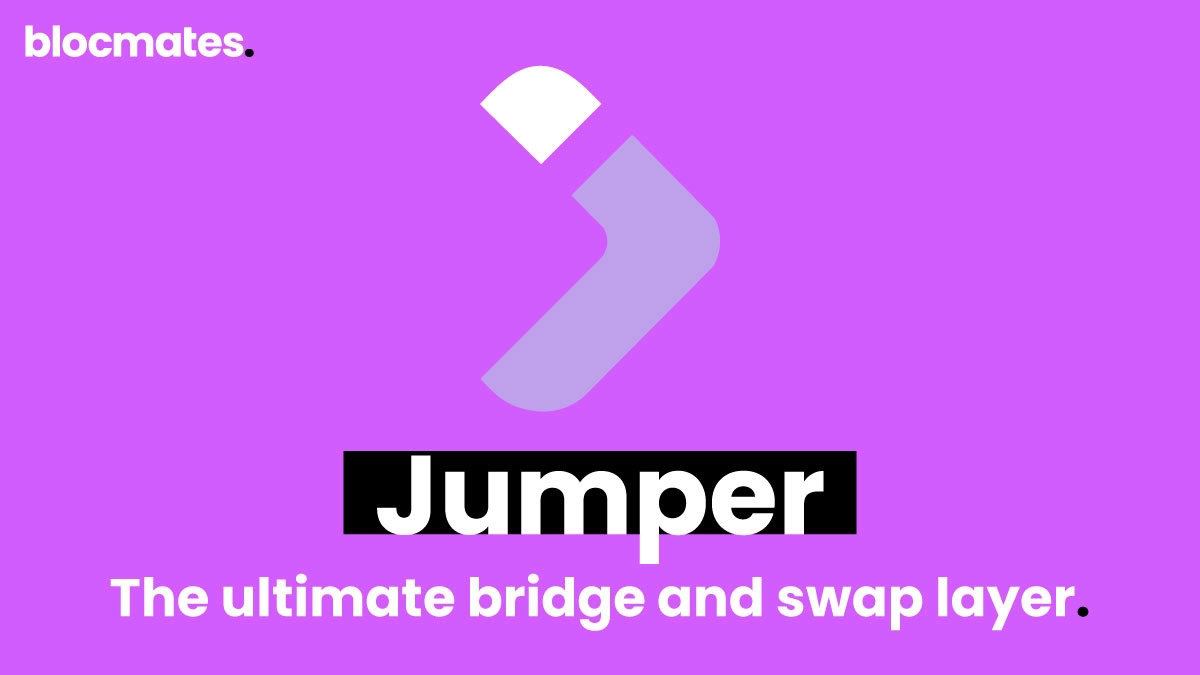
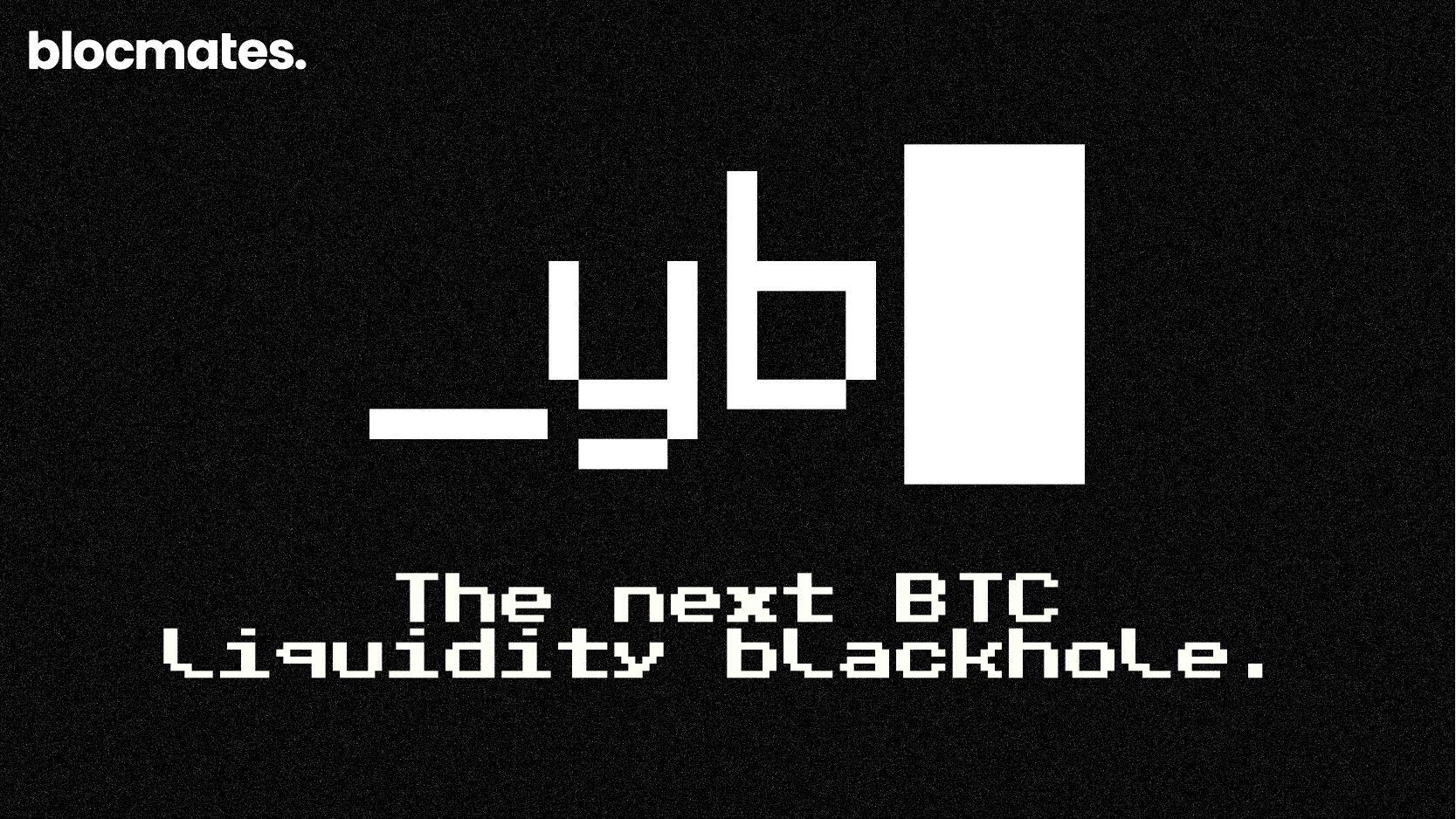
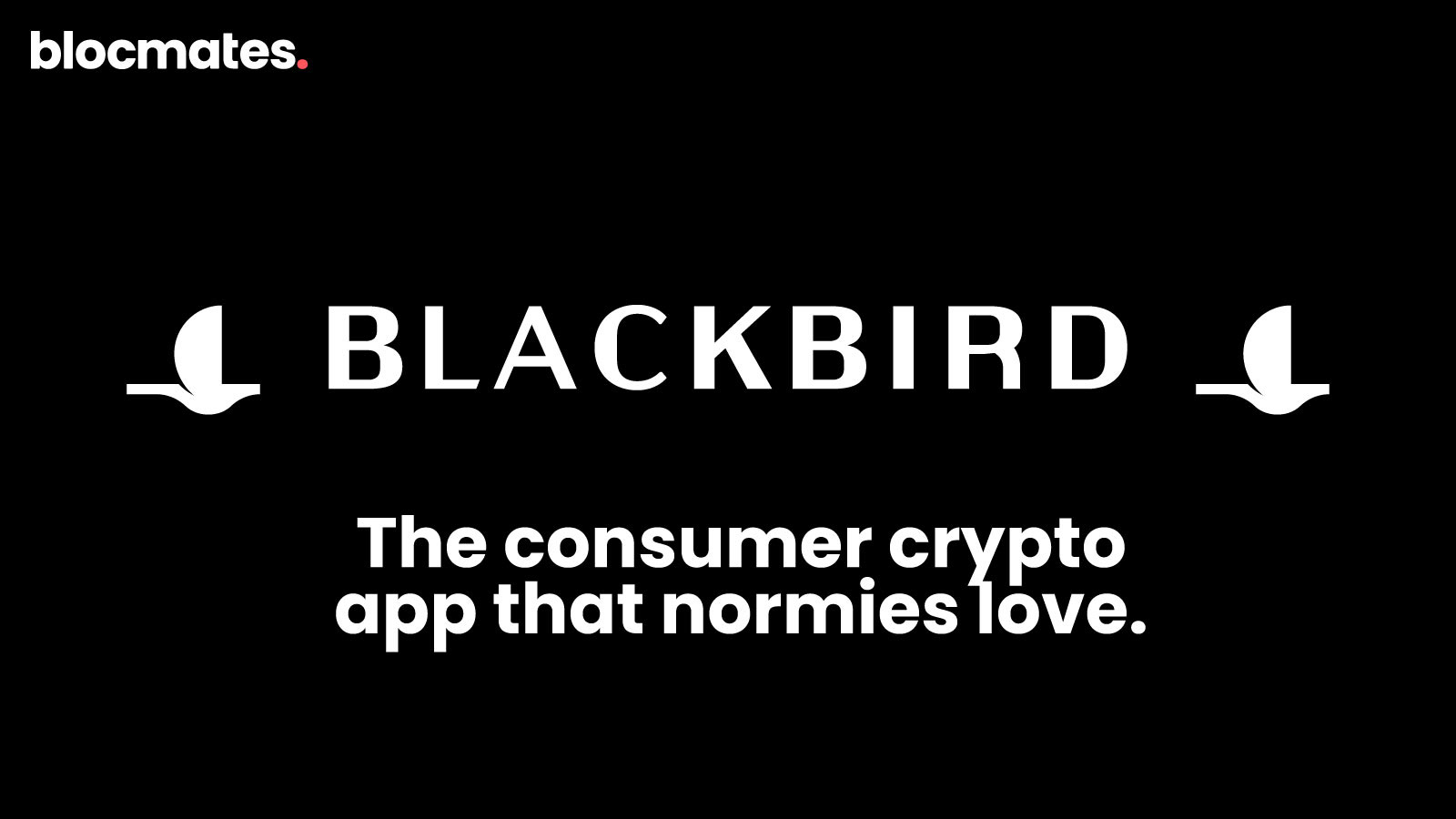


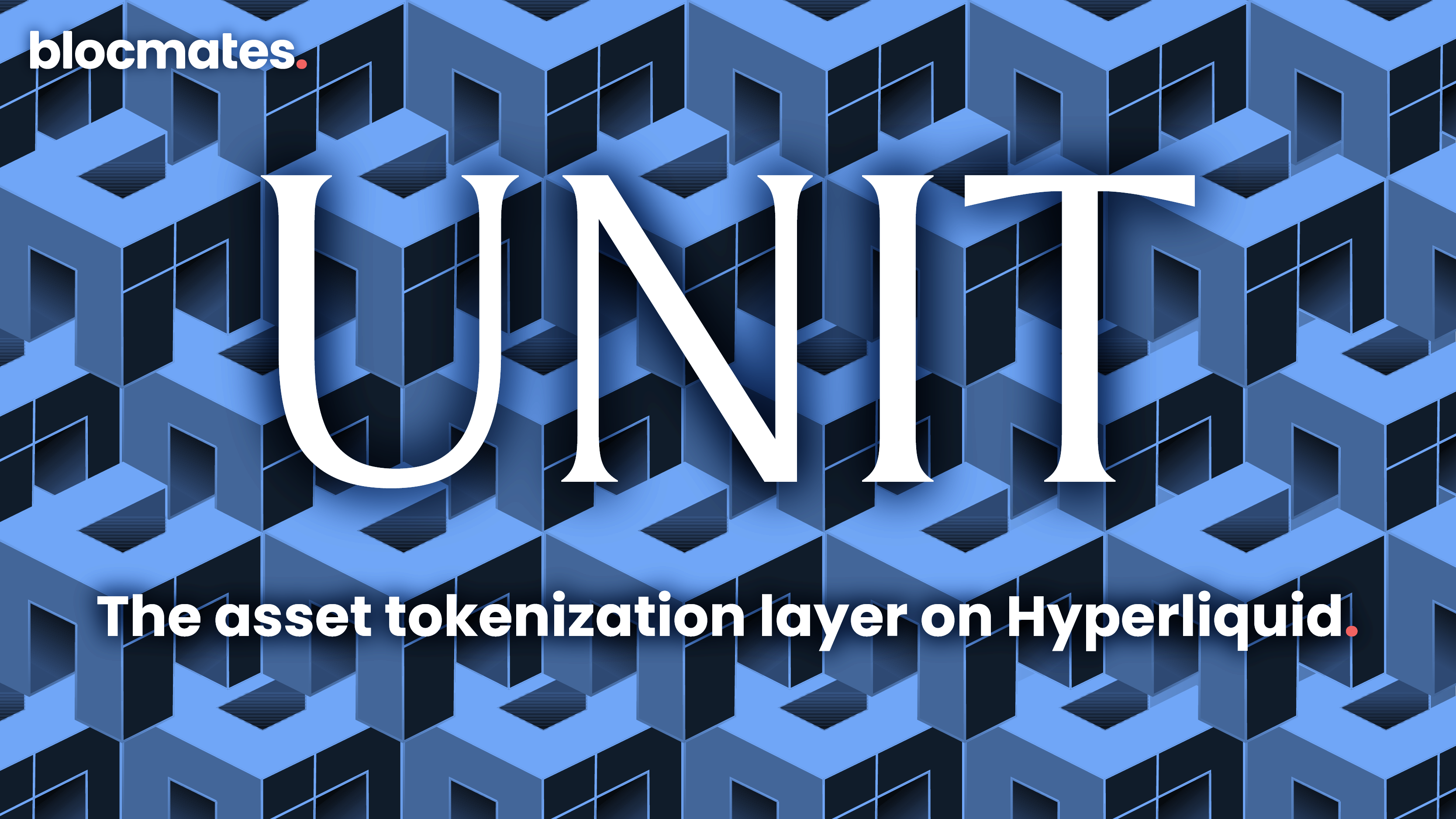



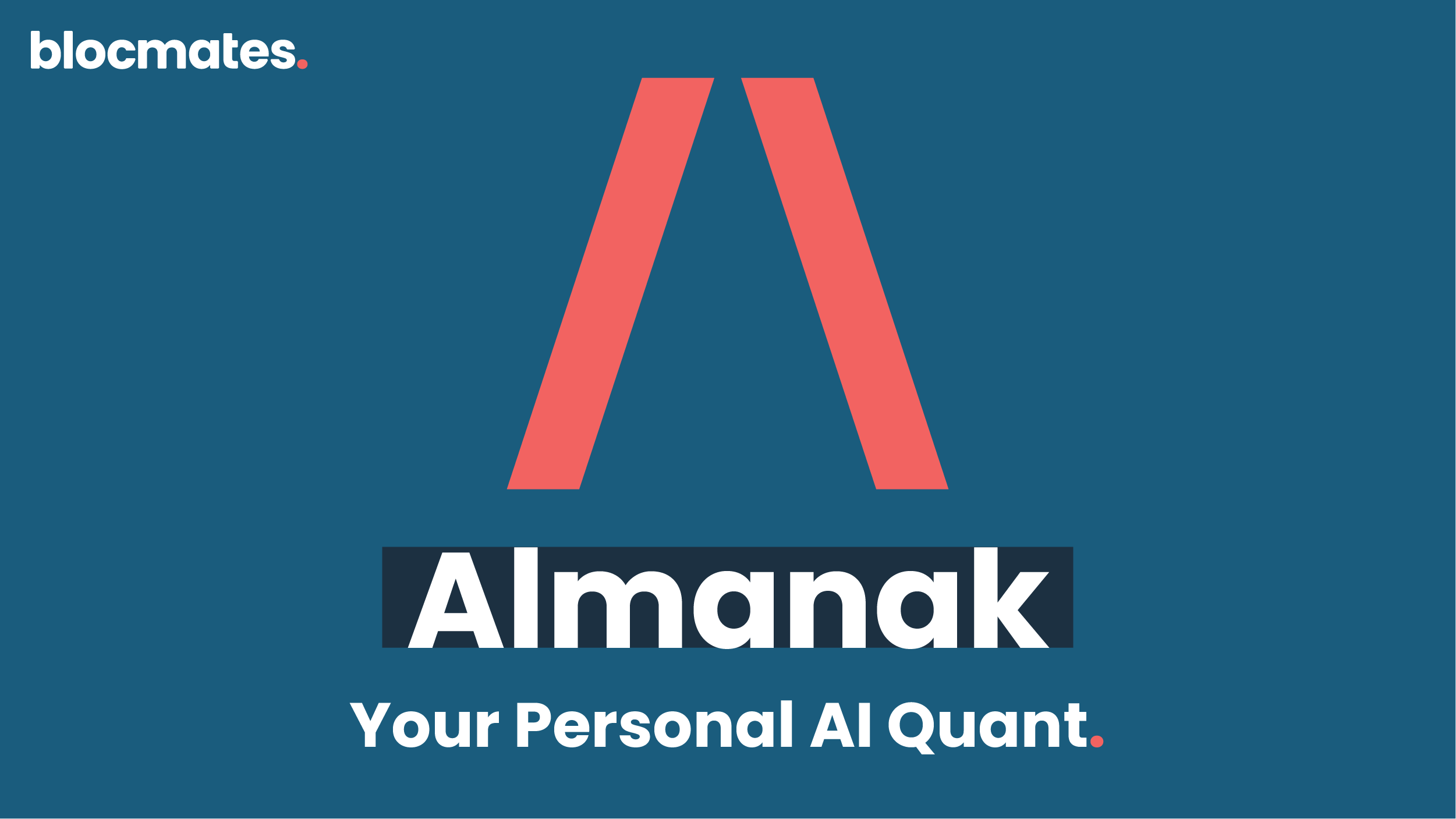
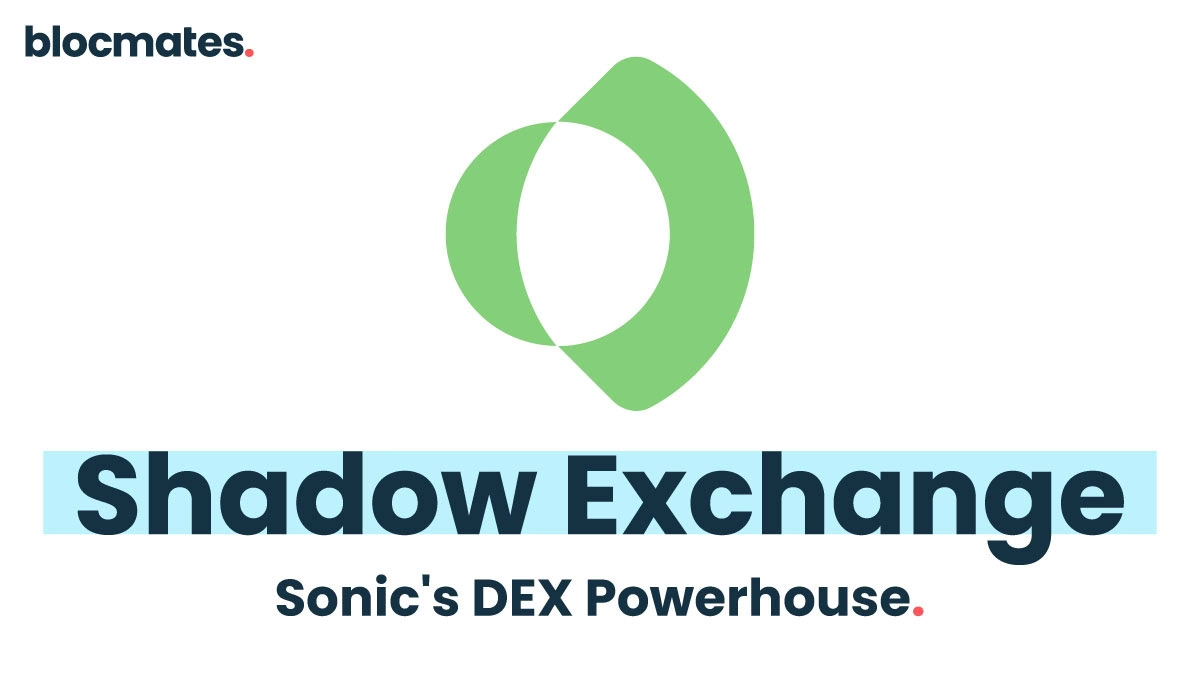


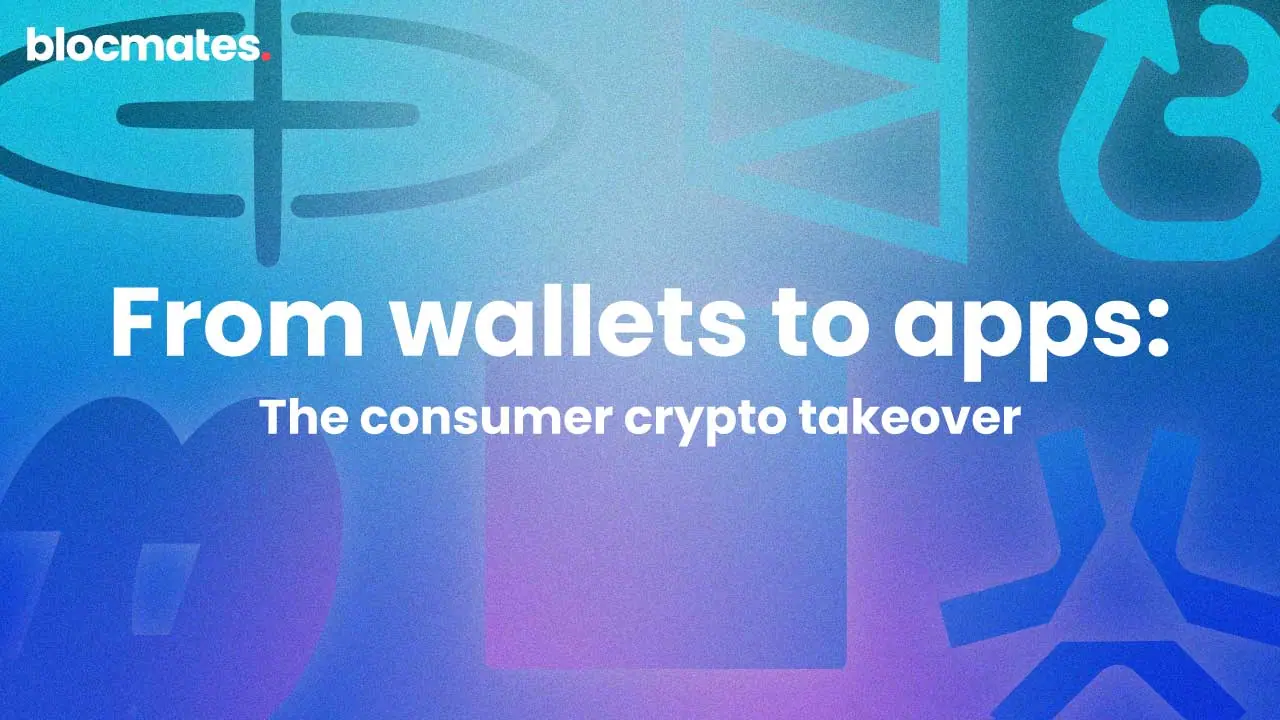




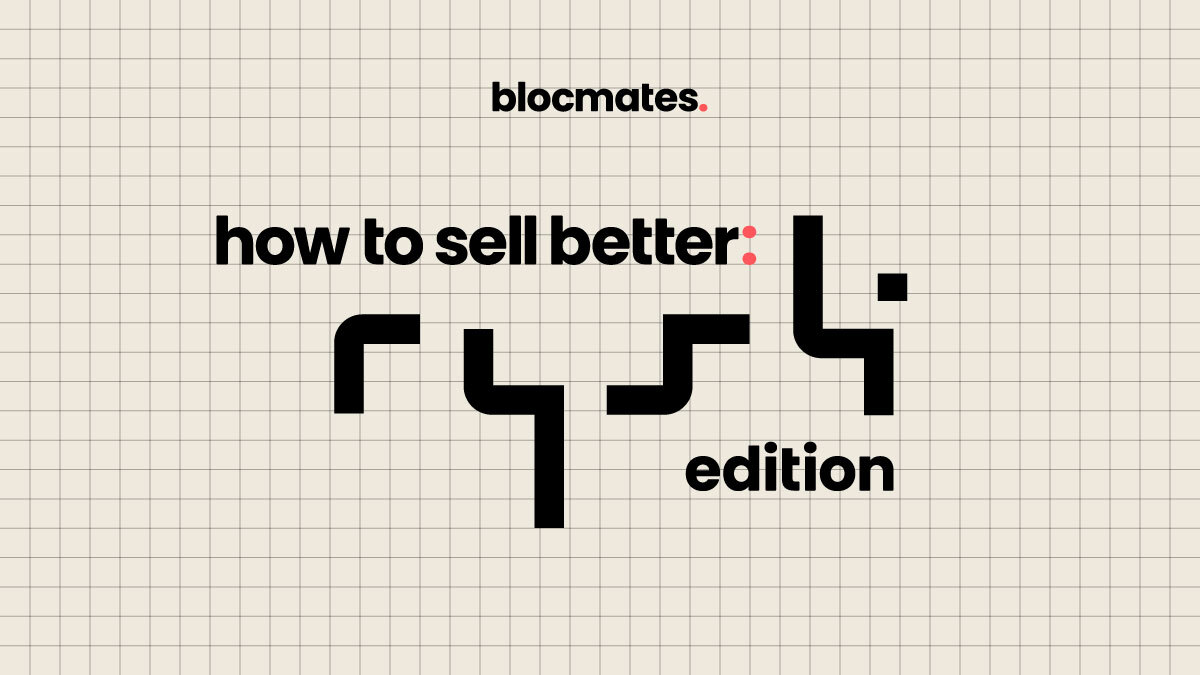


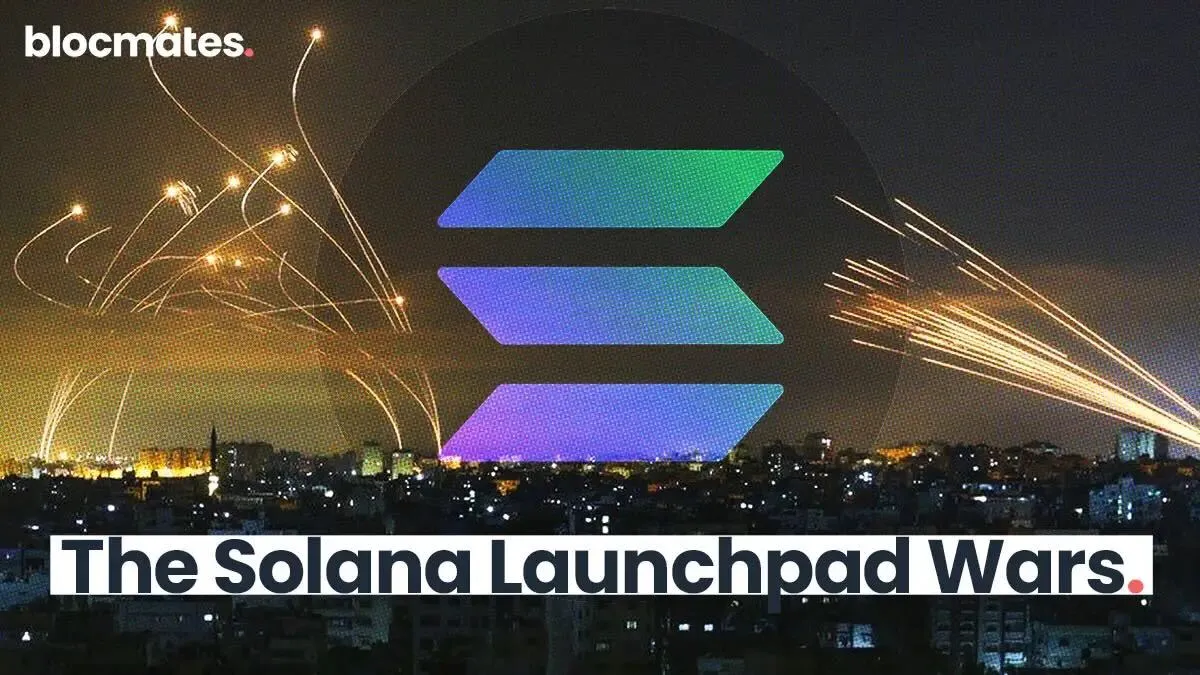




















%202.webp)


.webp)

.webp)
.webp)
.webp)



.webp)

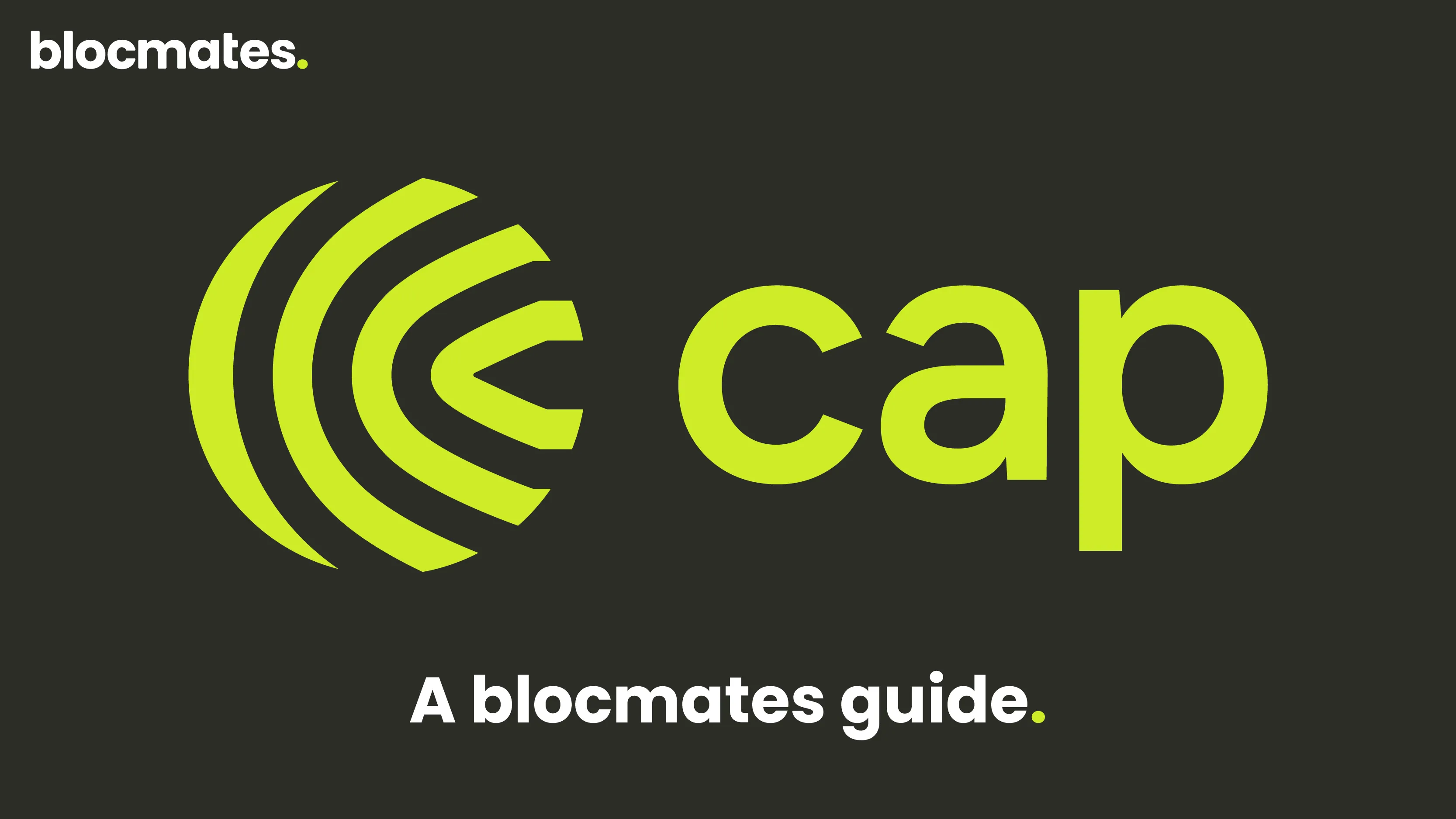










%20the%20Next%20Big%20Unlock%20in%20AI.webp)



.webp)
.webp)

.webp)
.webp)
.webp)


.webp)
.webp)










.webp)


.webp)









.webp)







.webp)
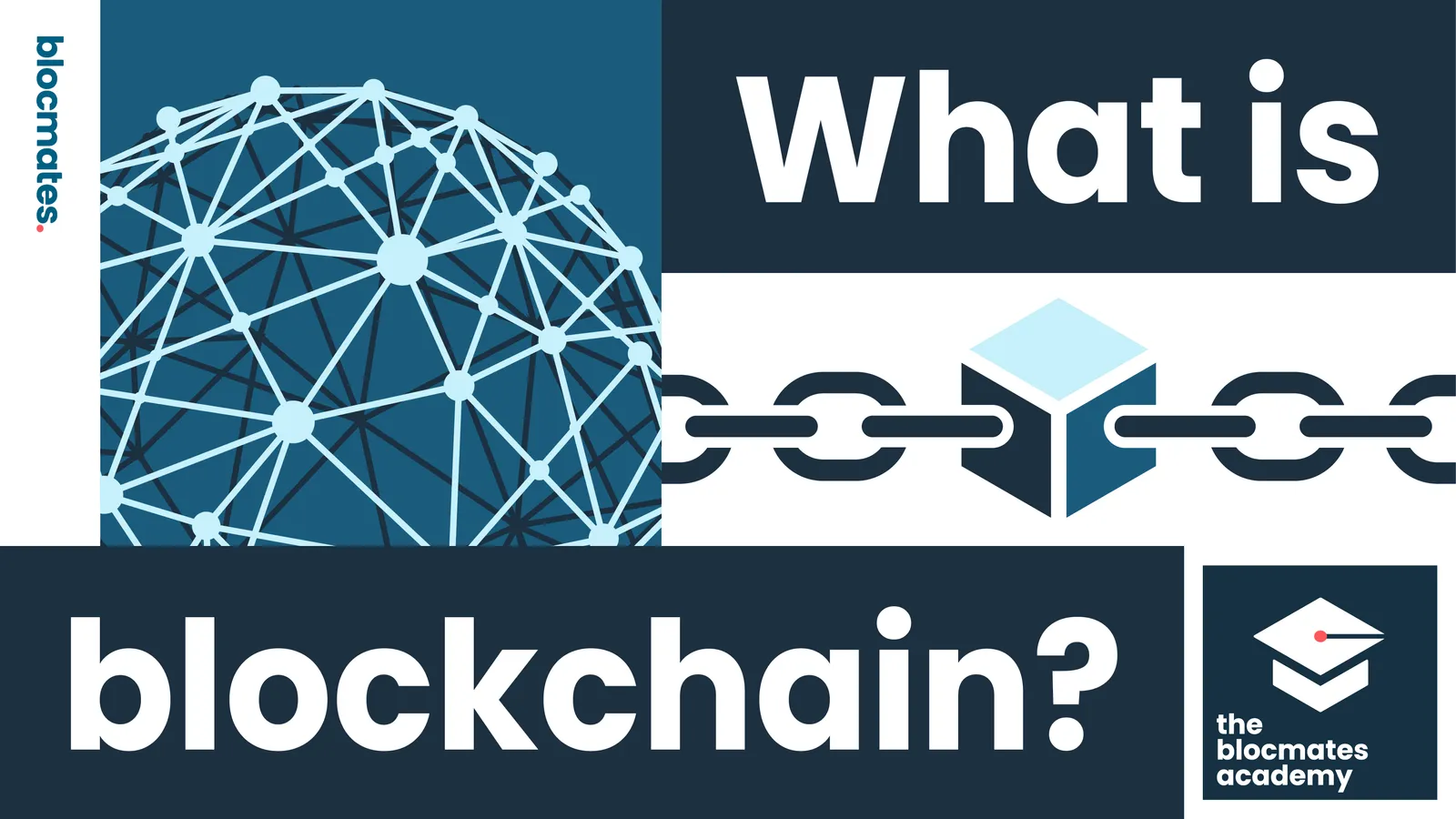



.webp)
















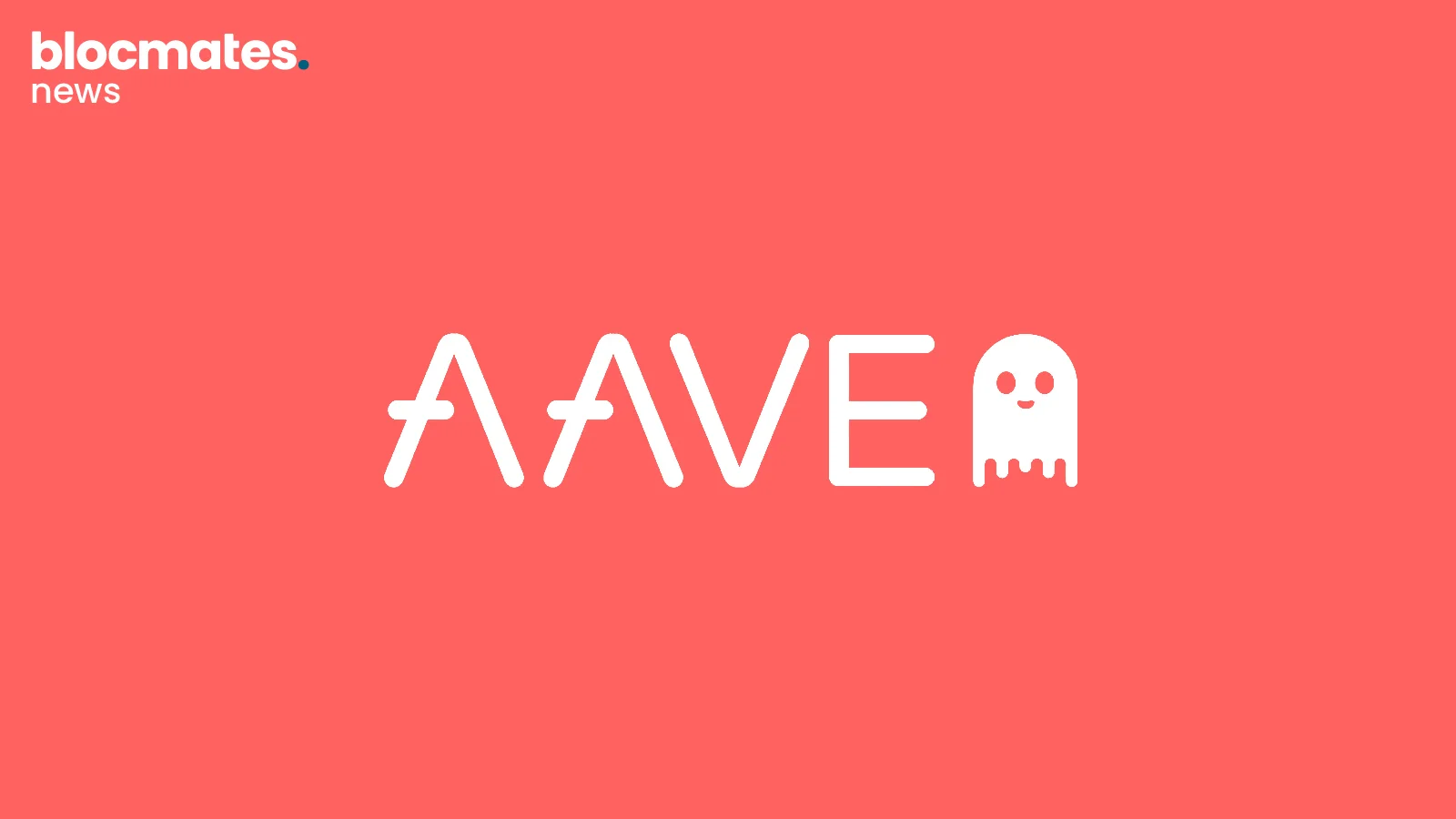
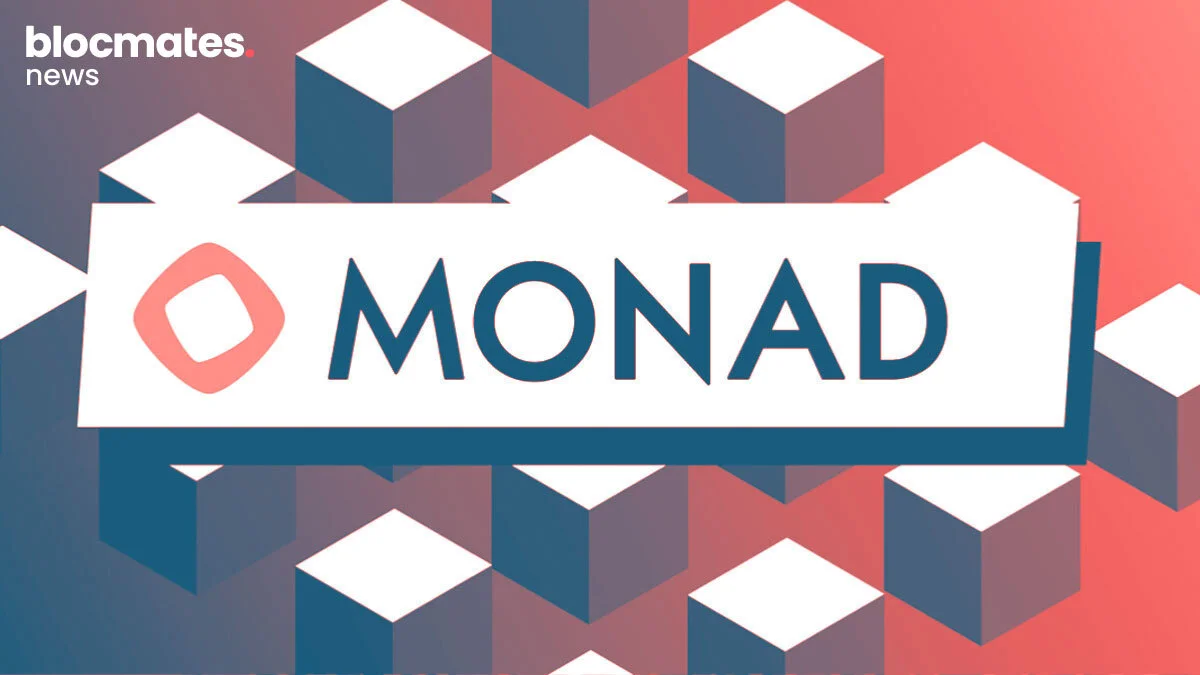
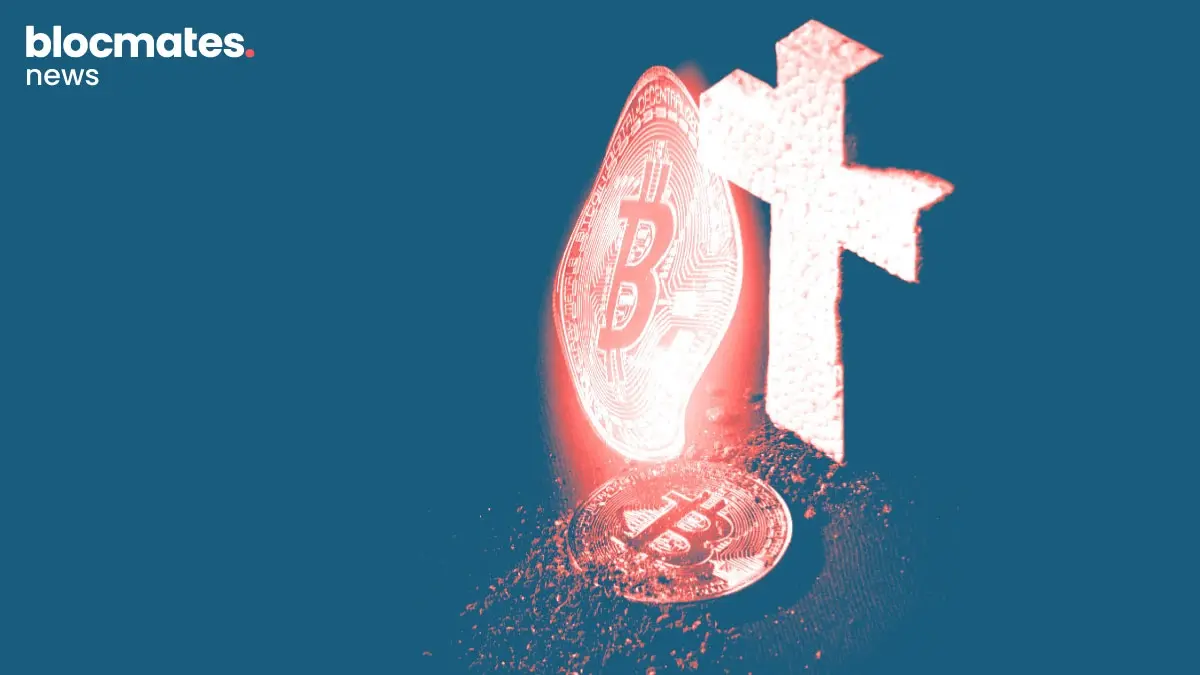

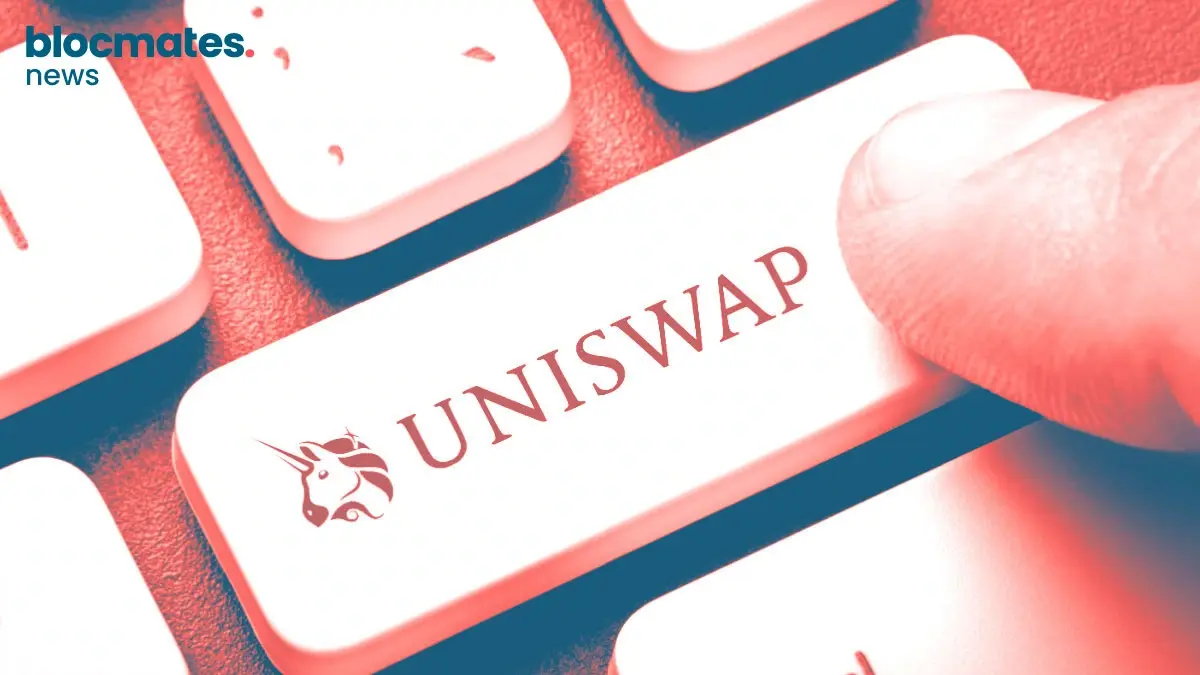





.webp)
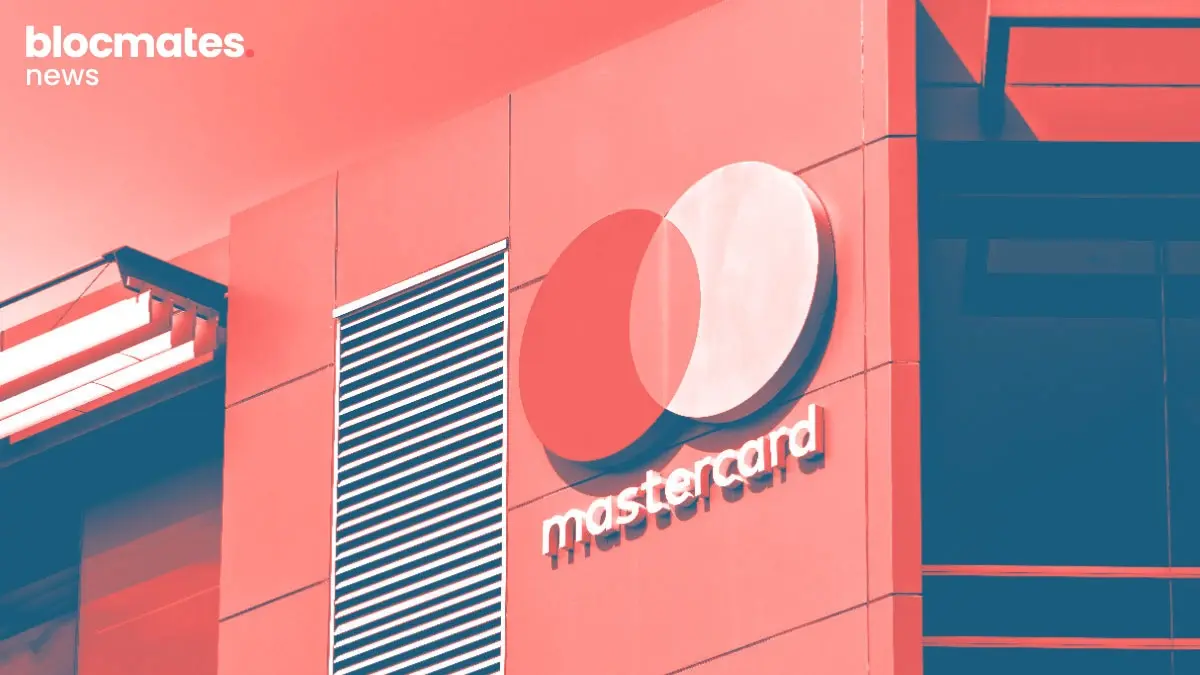






.webp)


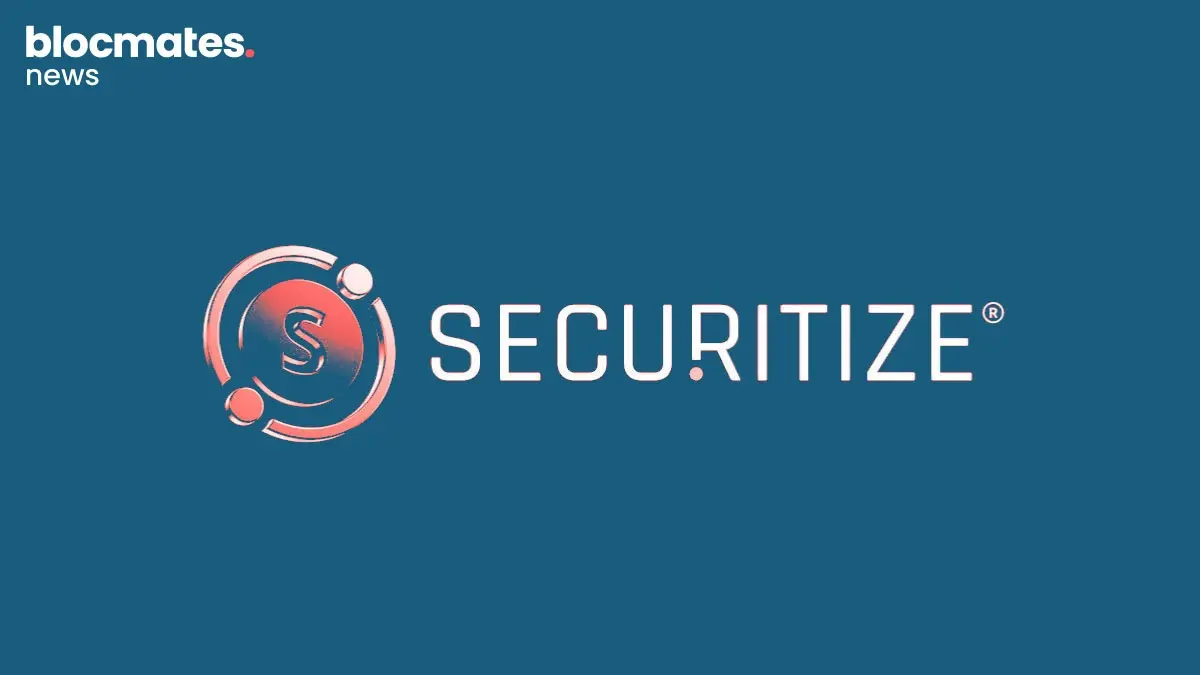

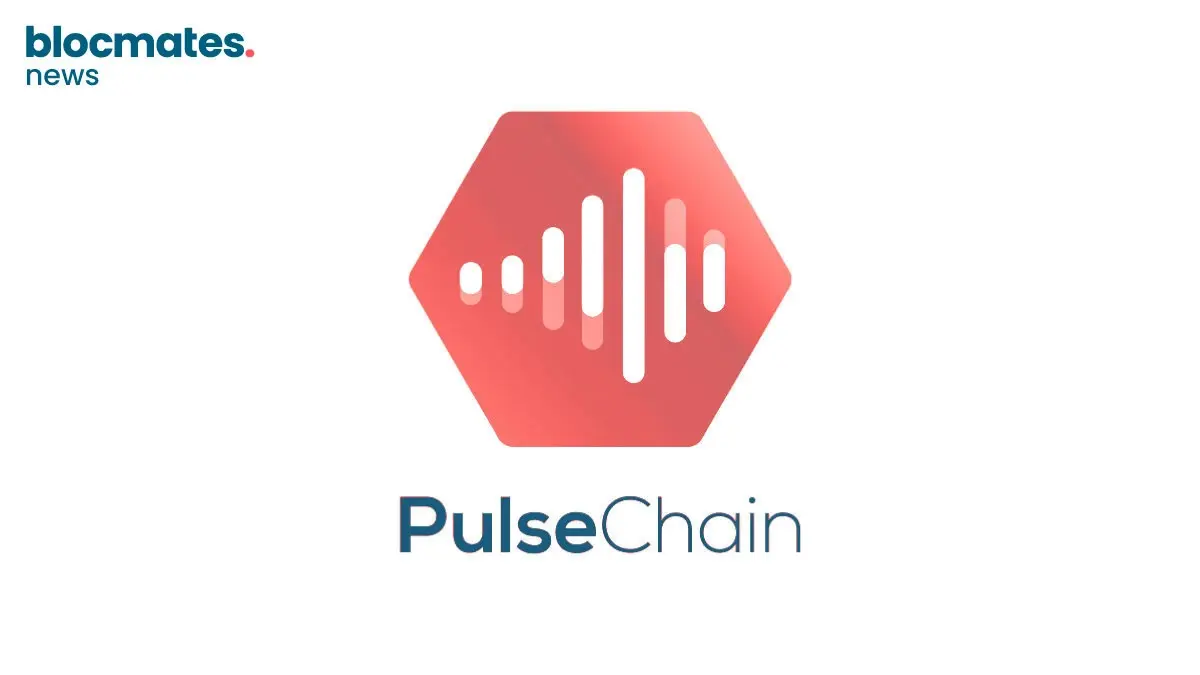
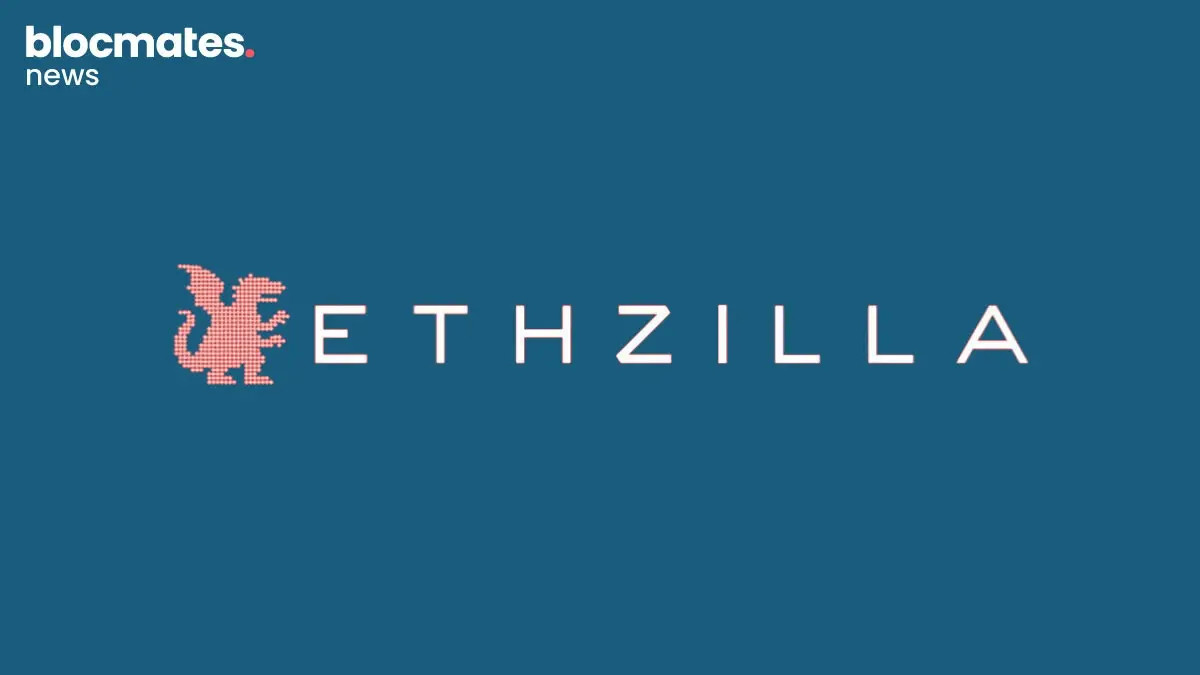
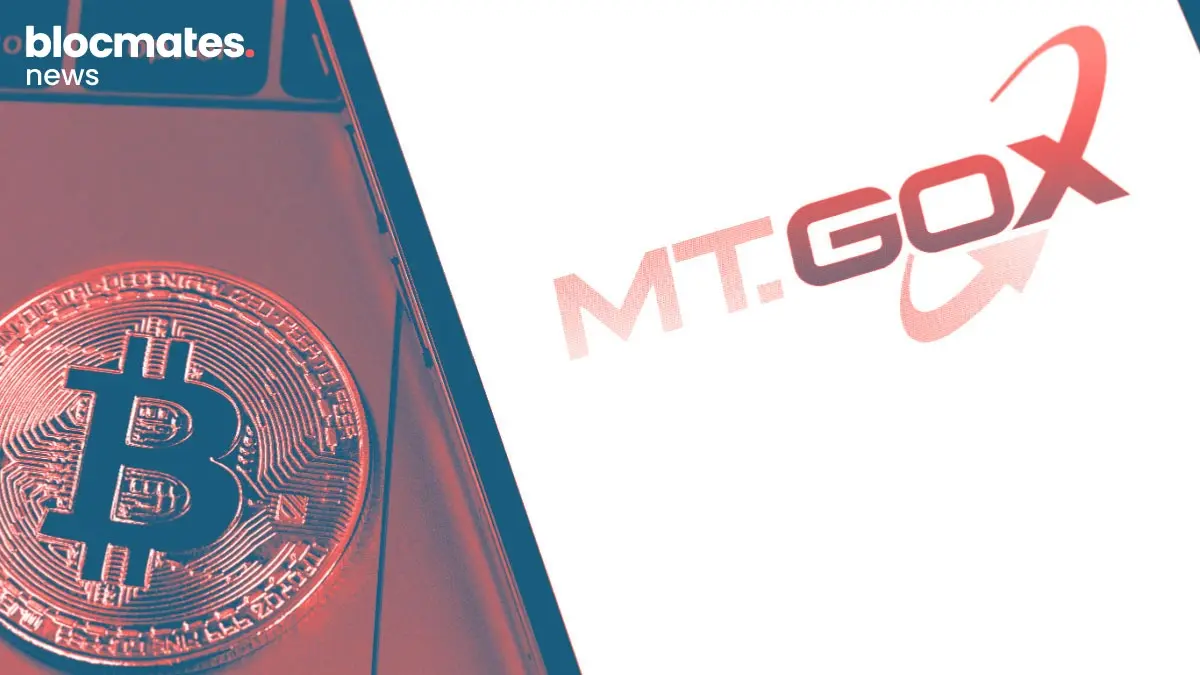

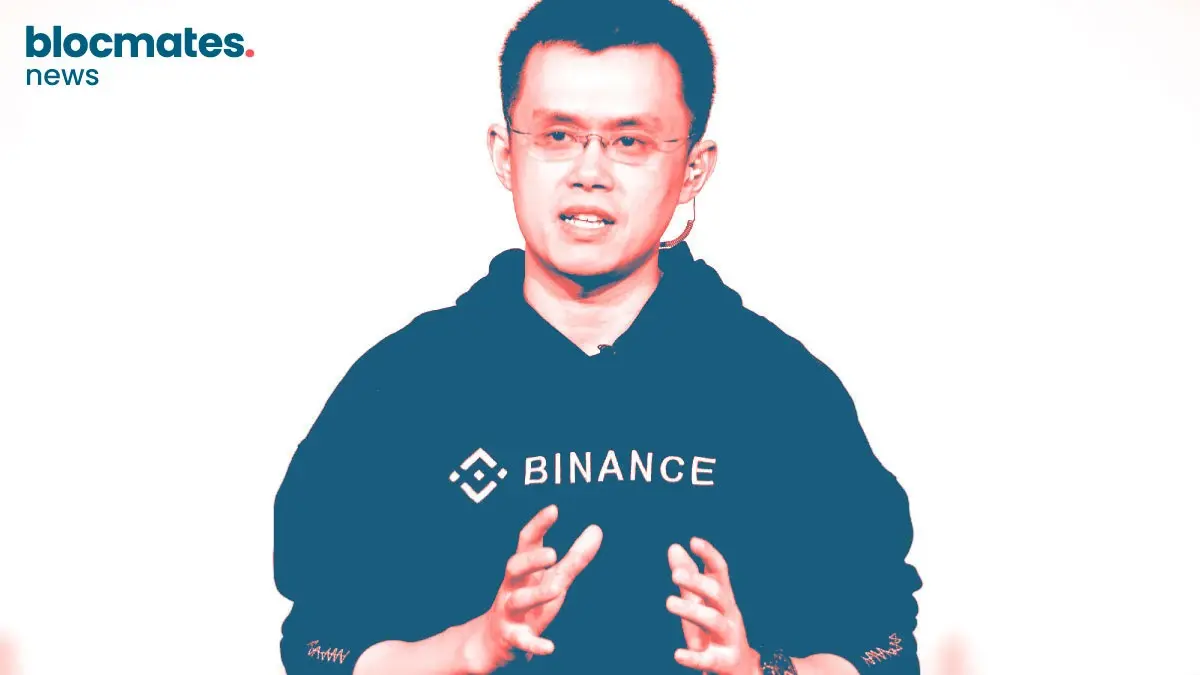


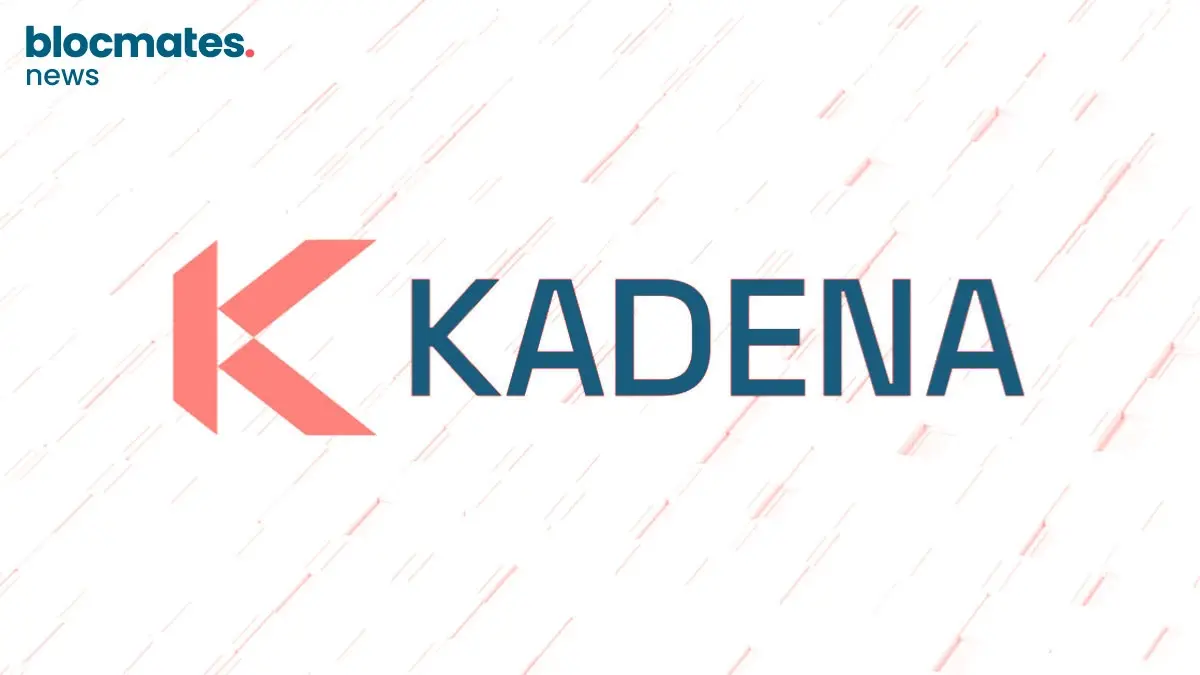

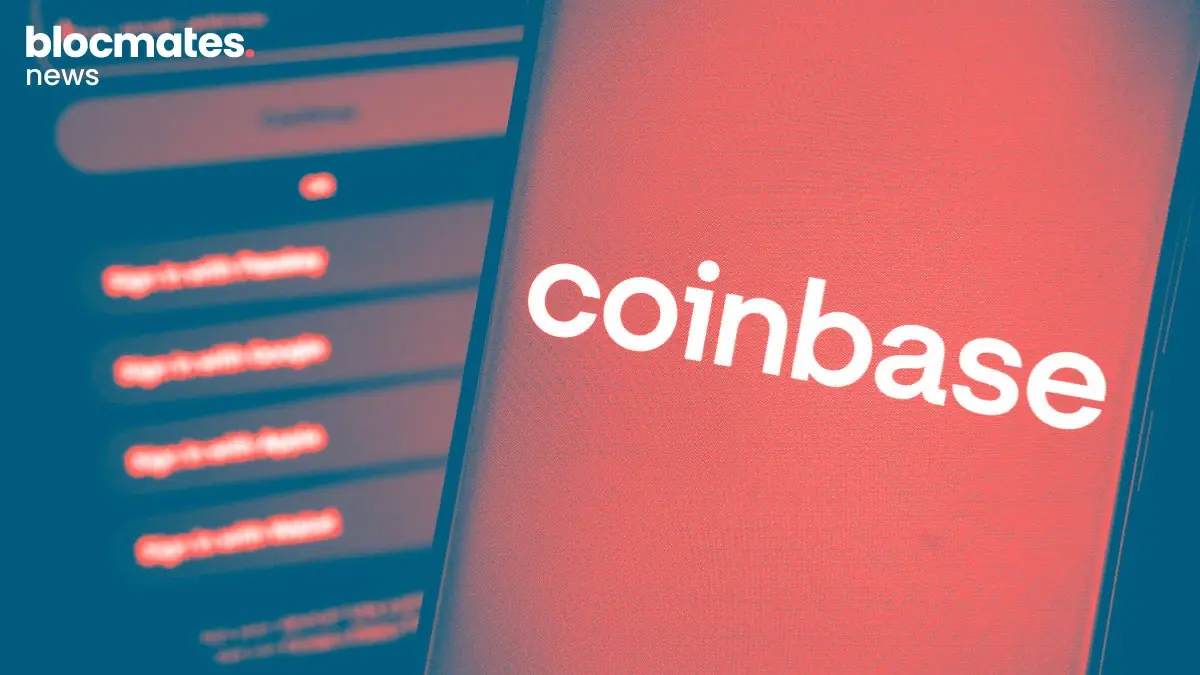
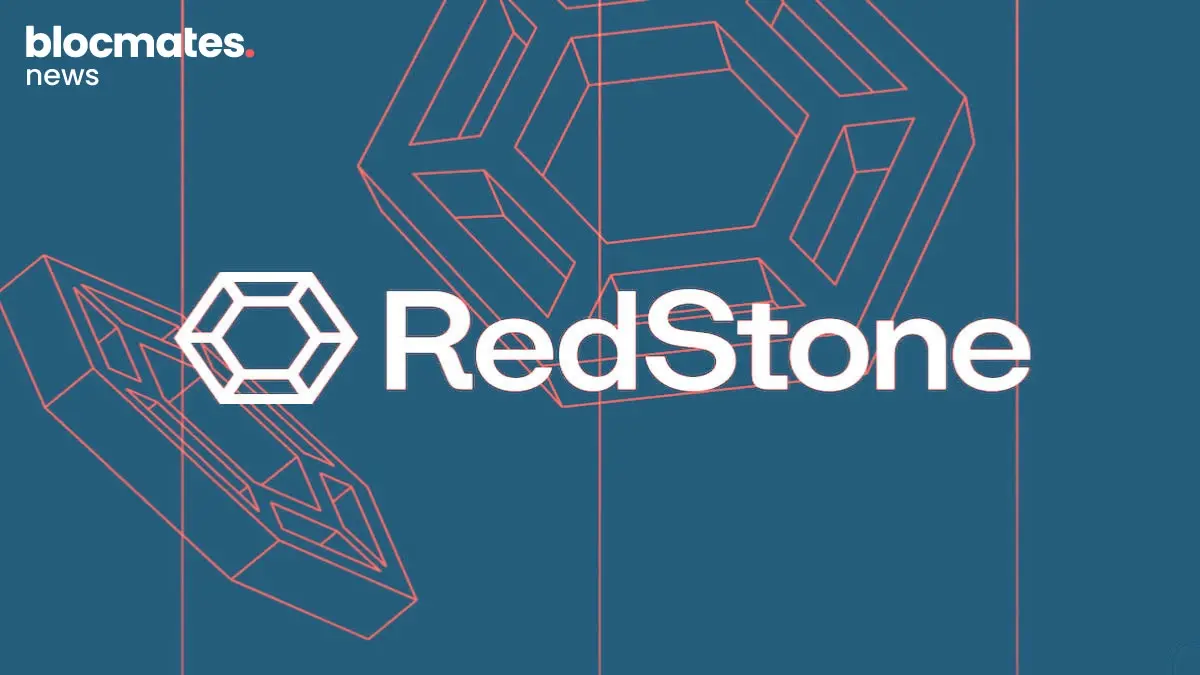
.webp)

.webp)
.webp)

.webp)


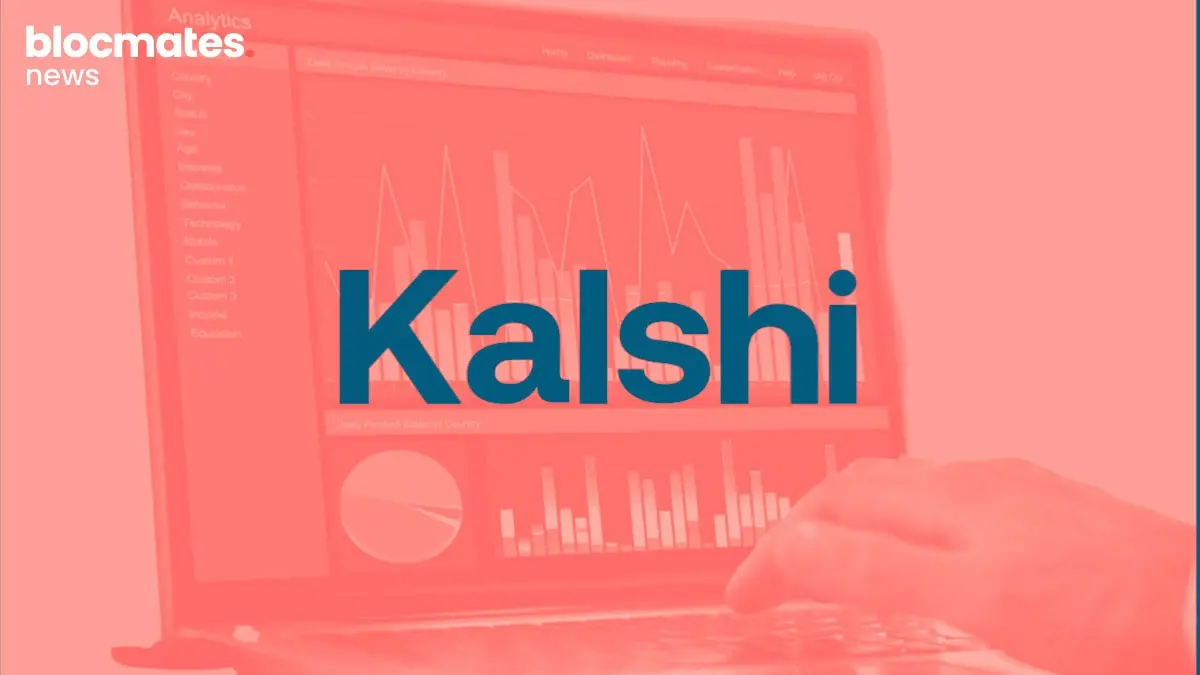
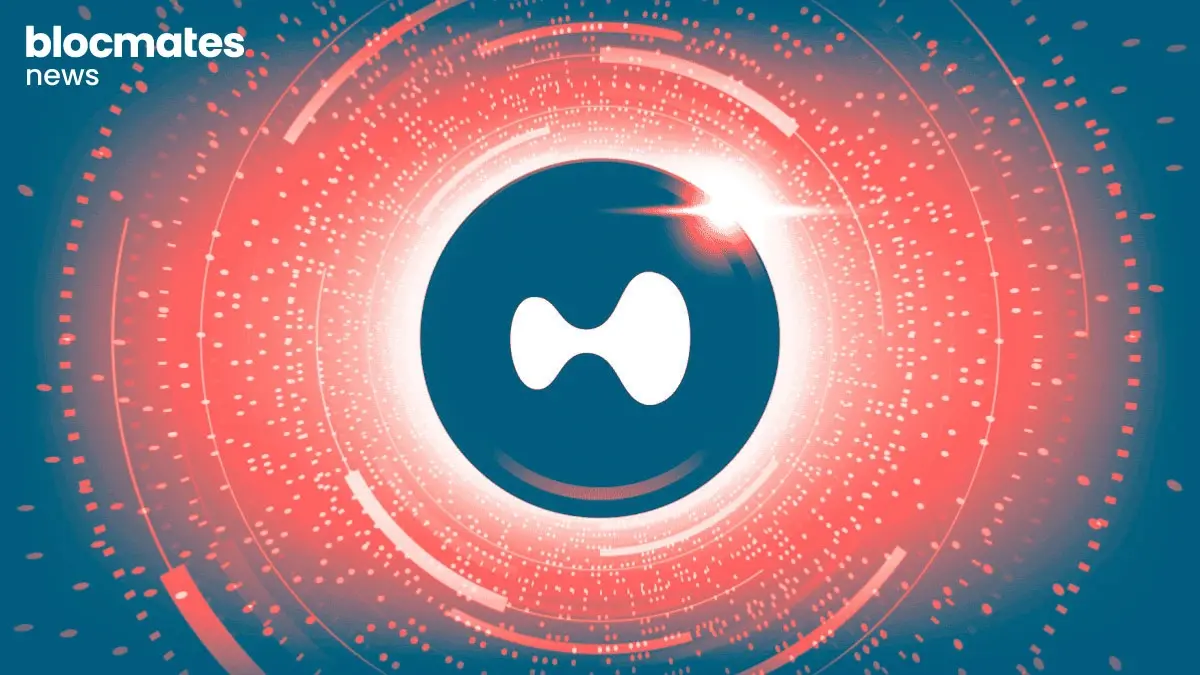




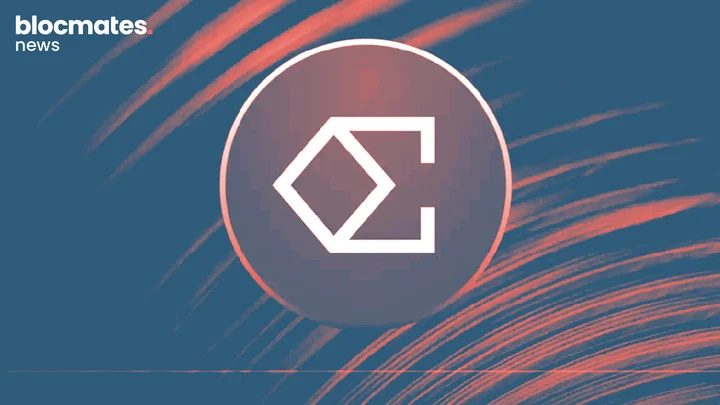


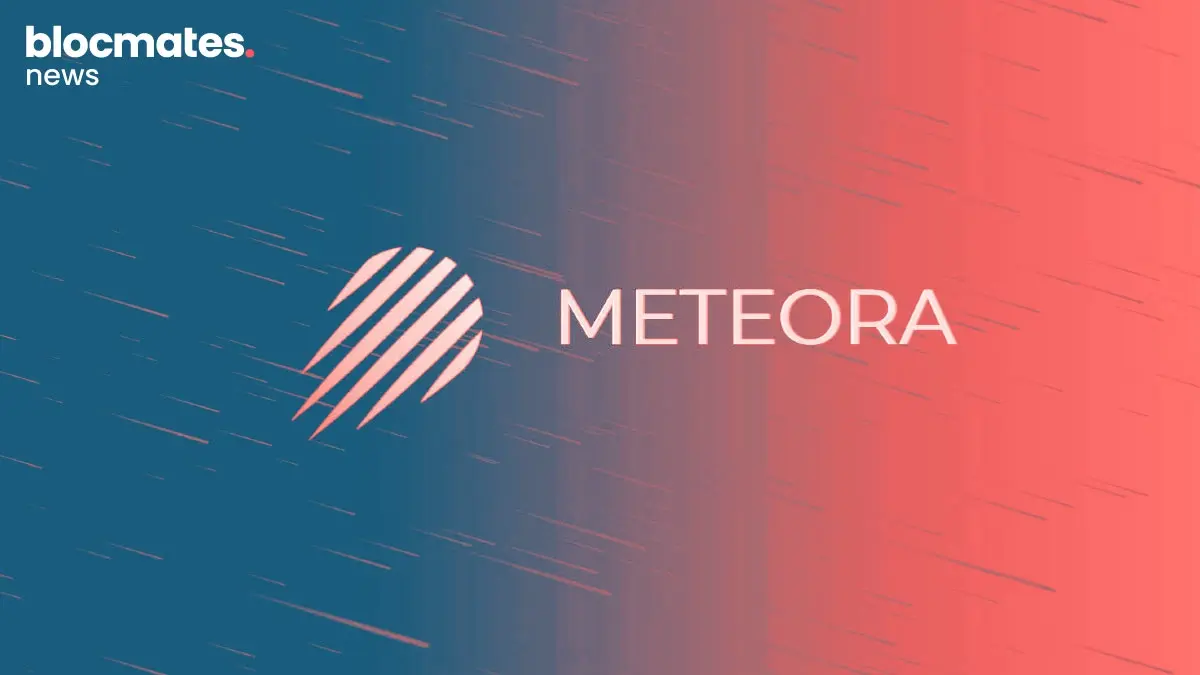
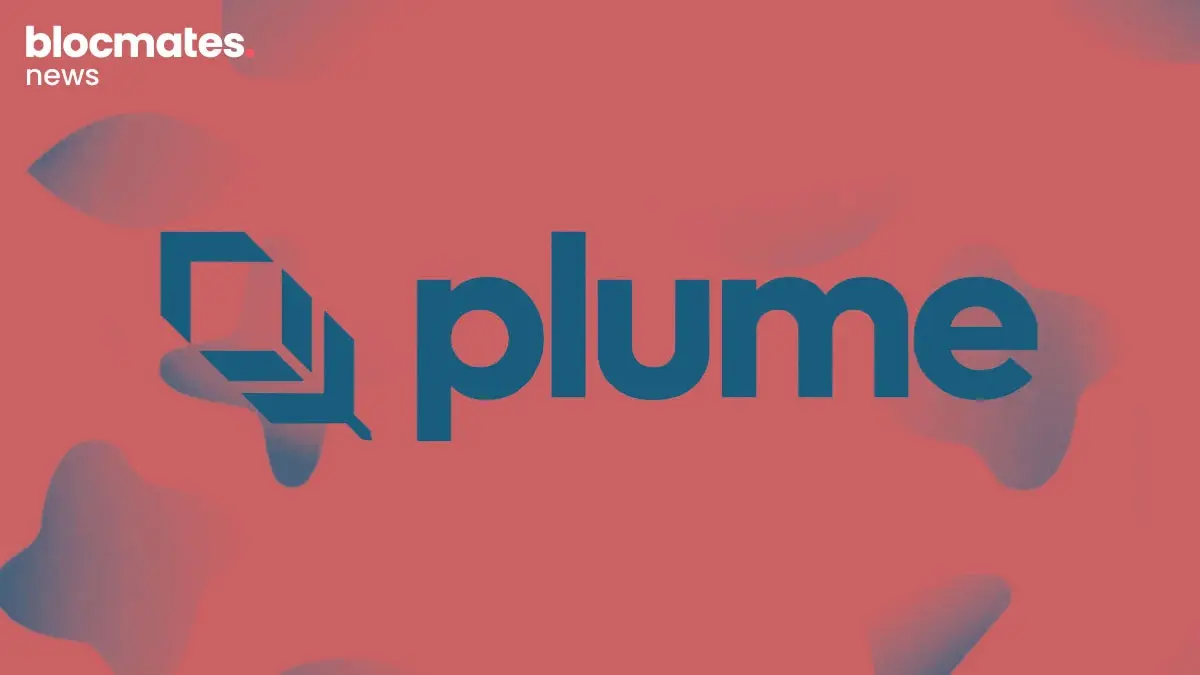

.webp)

.webp)

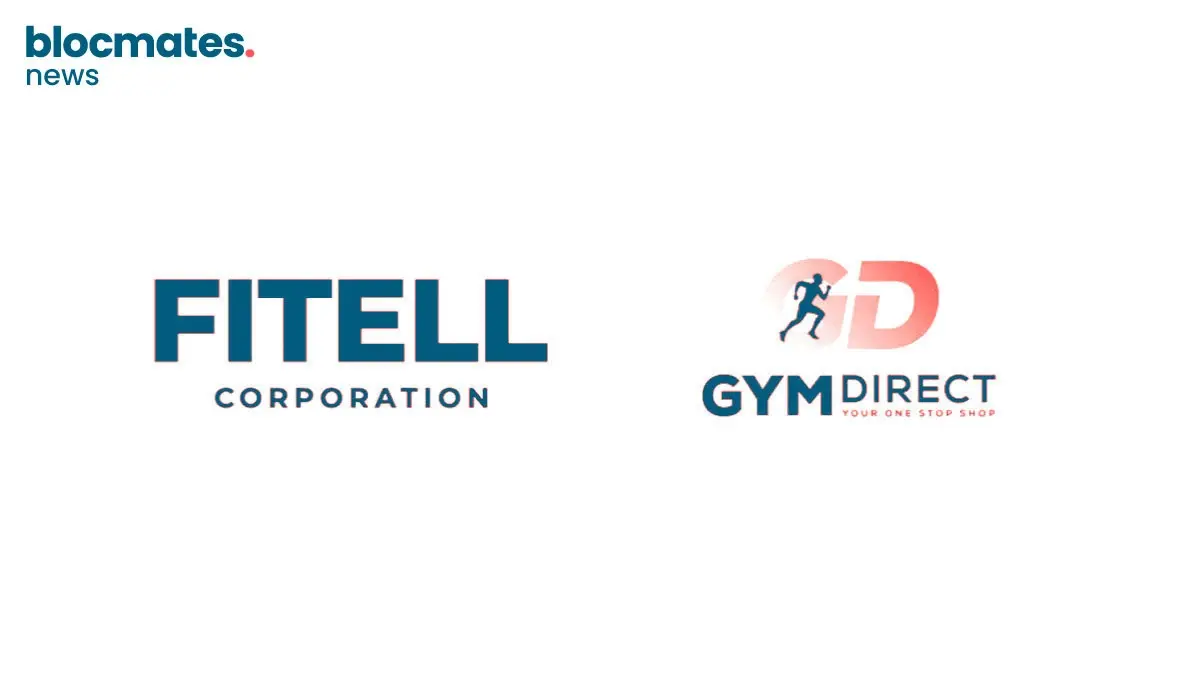
.webp)

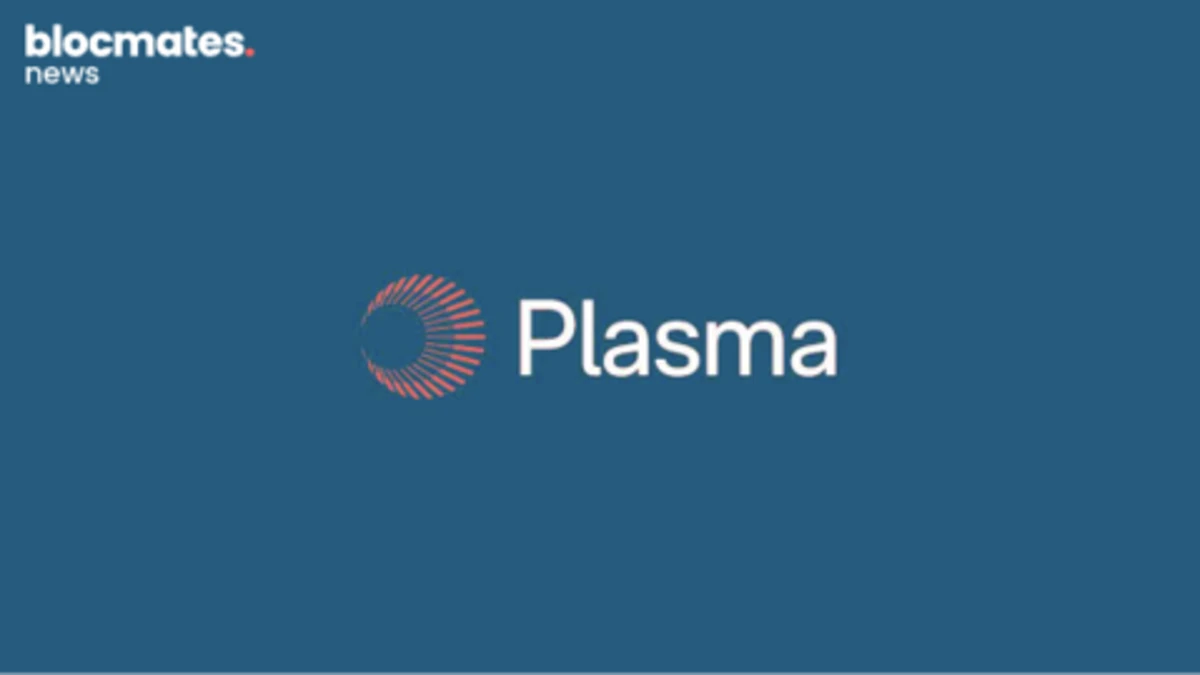

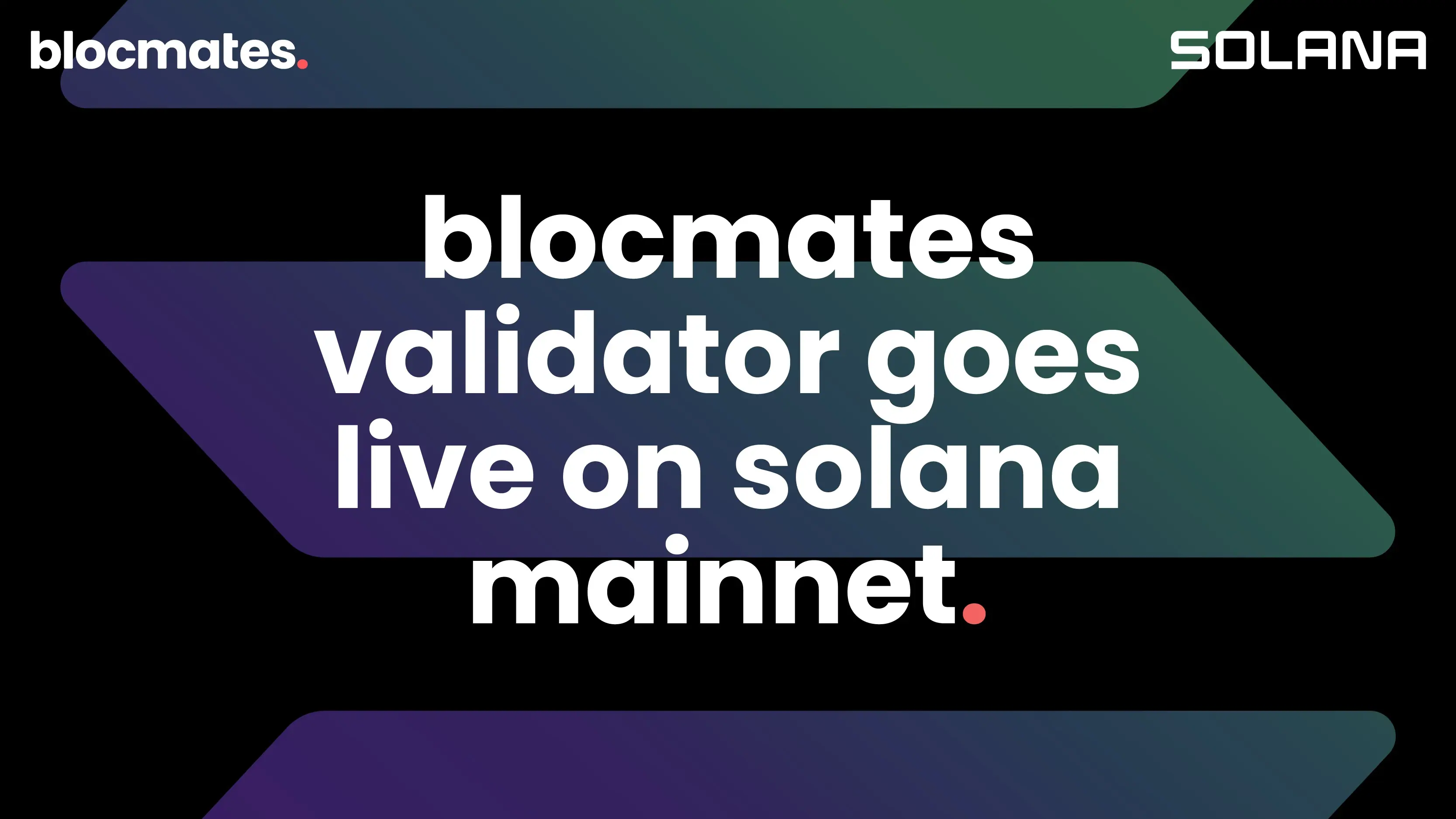
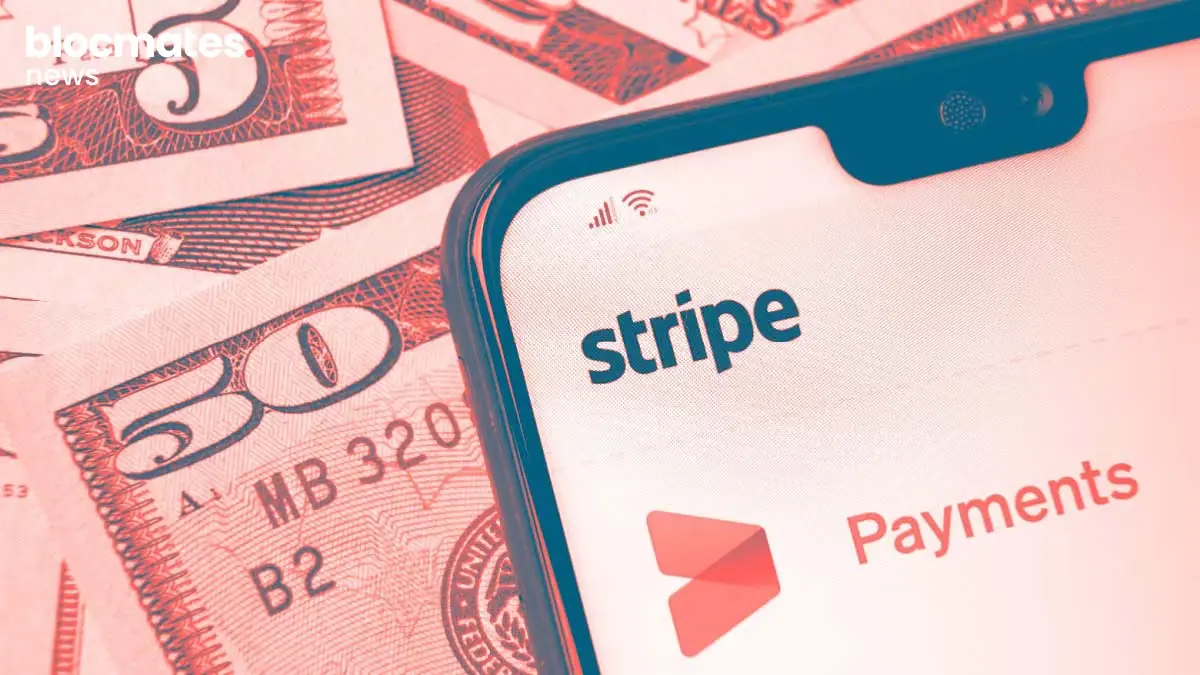



.webp)
